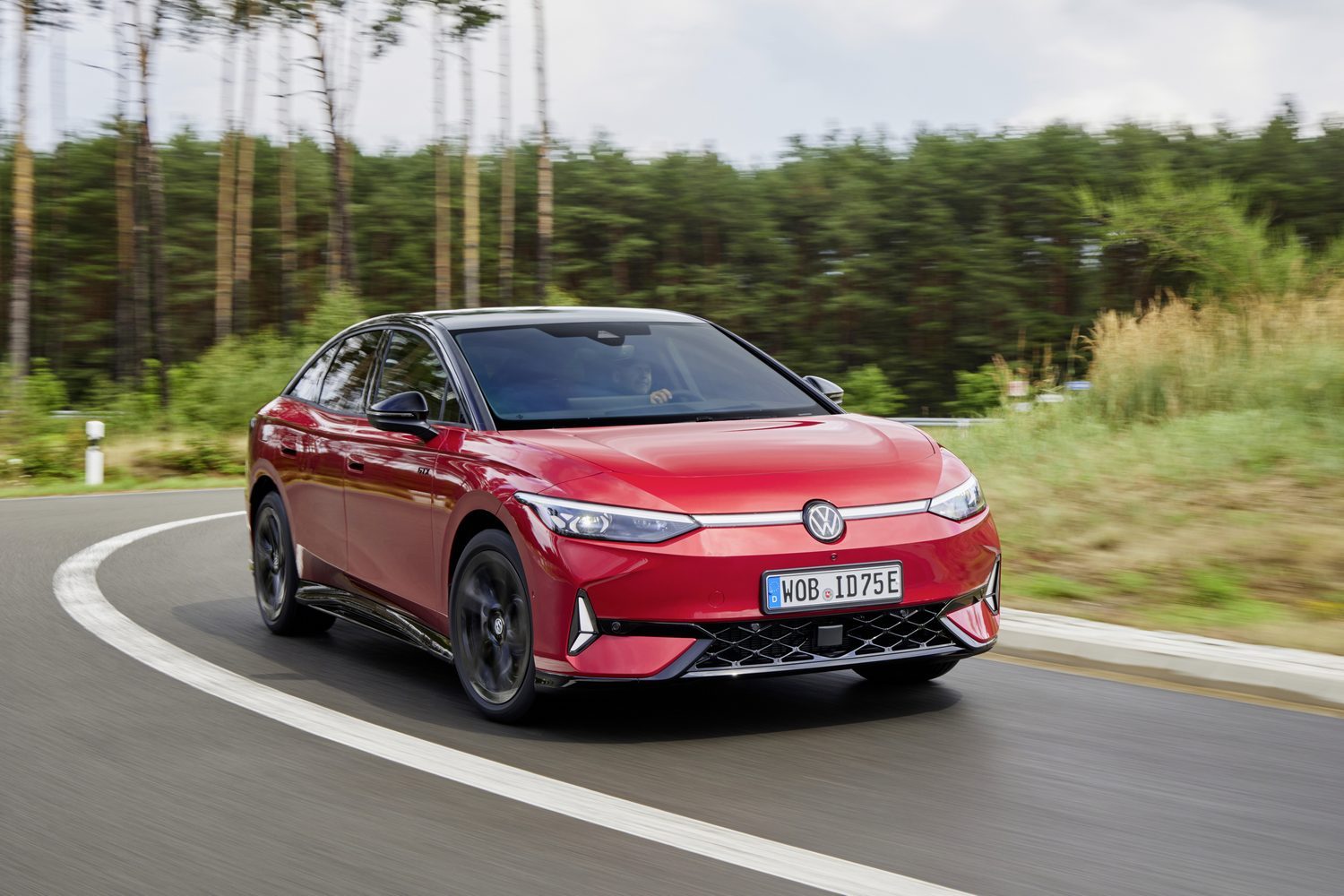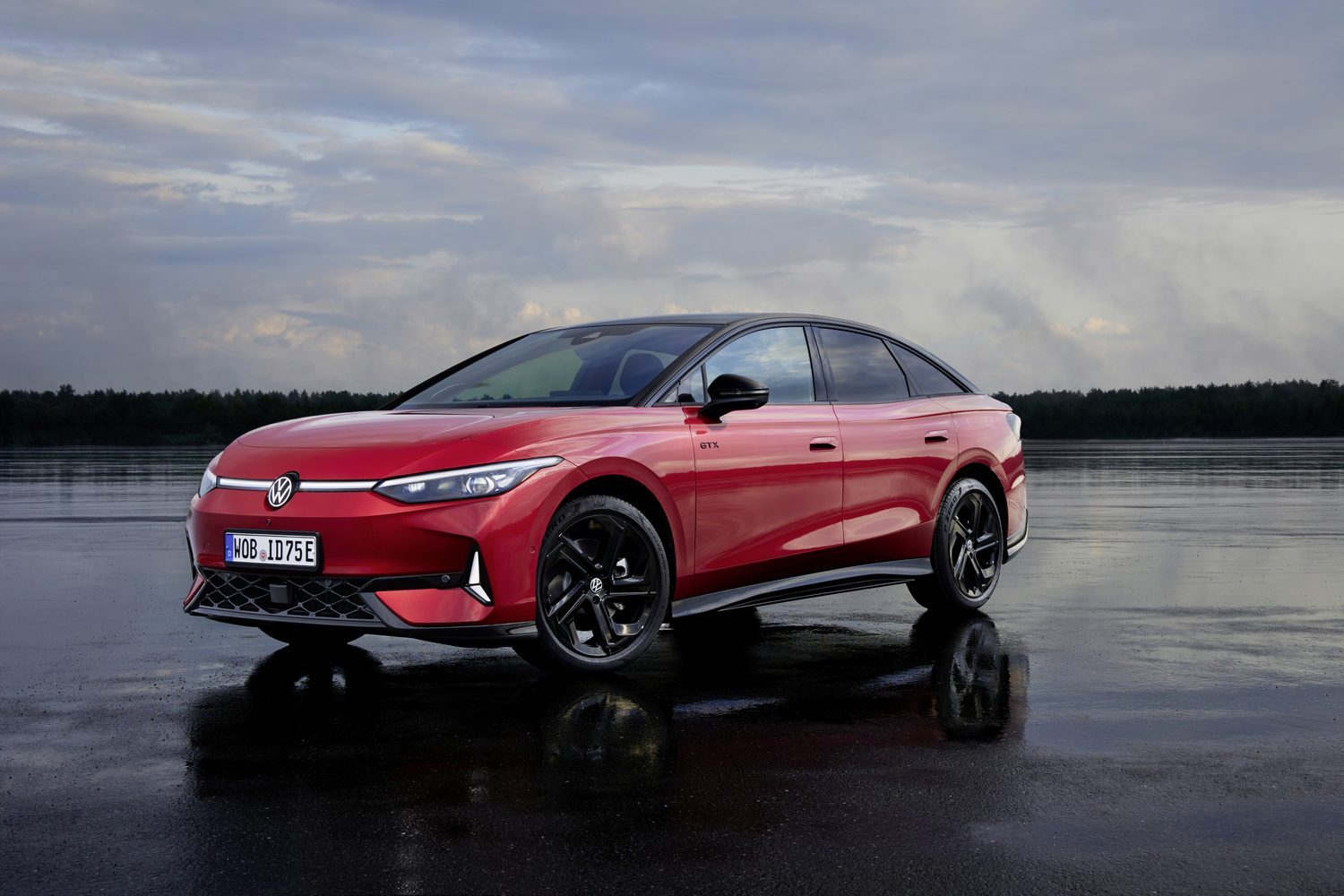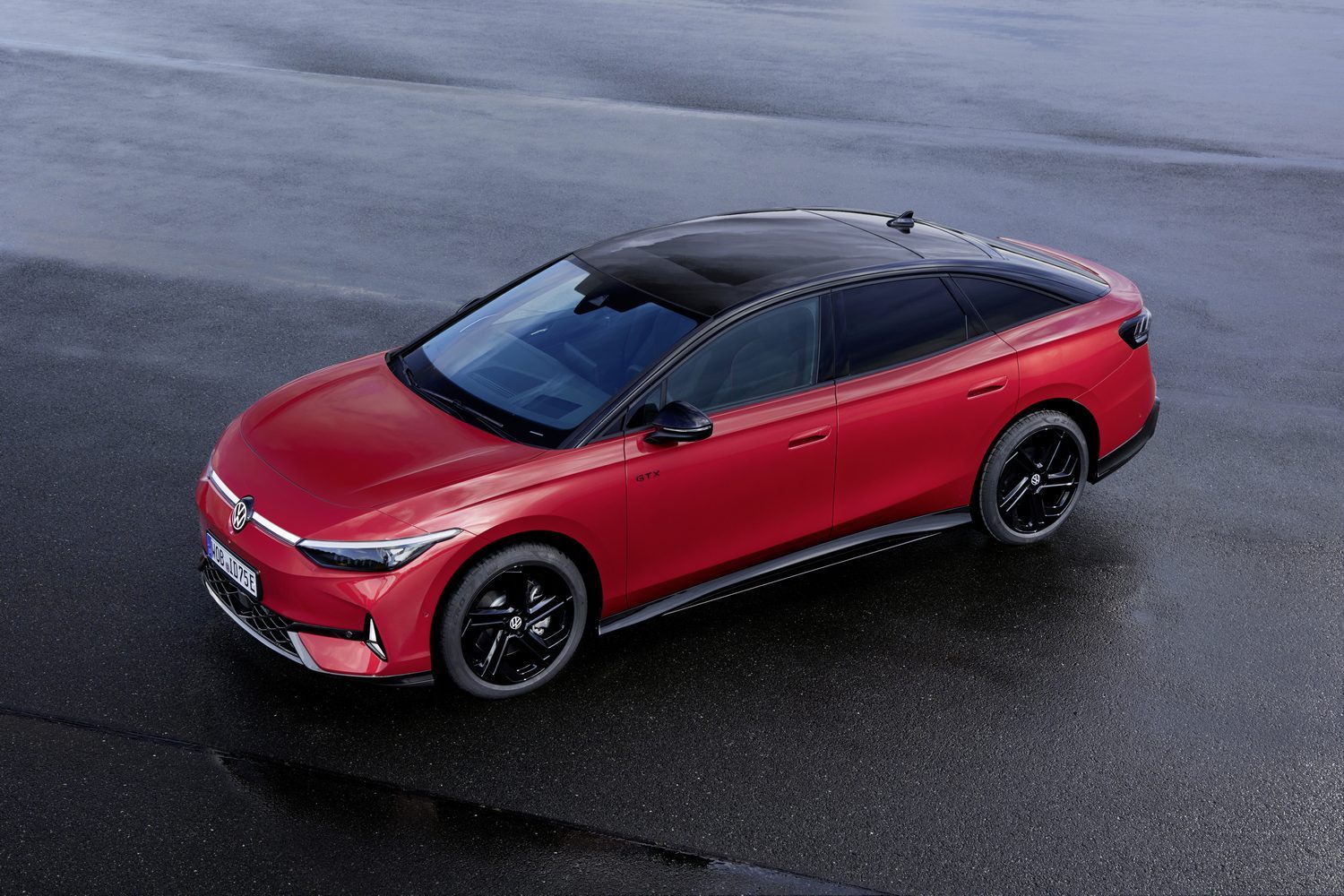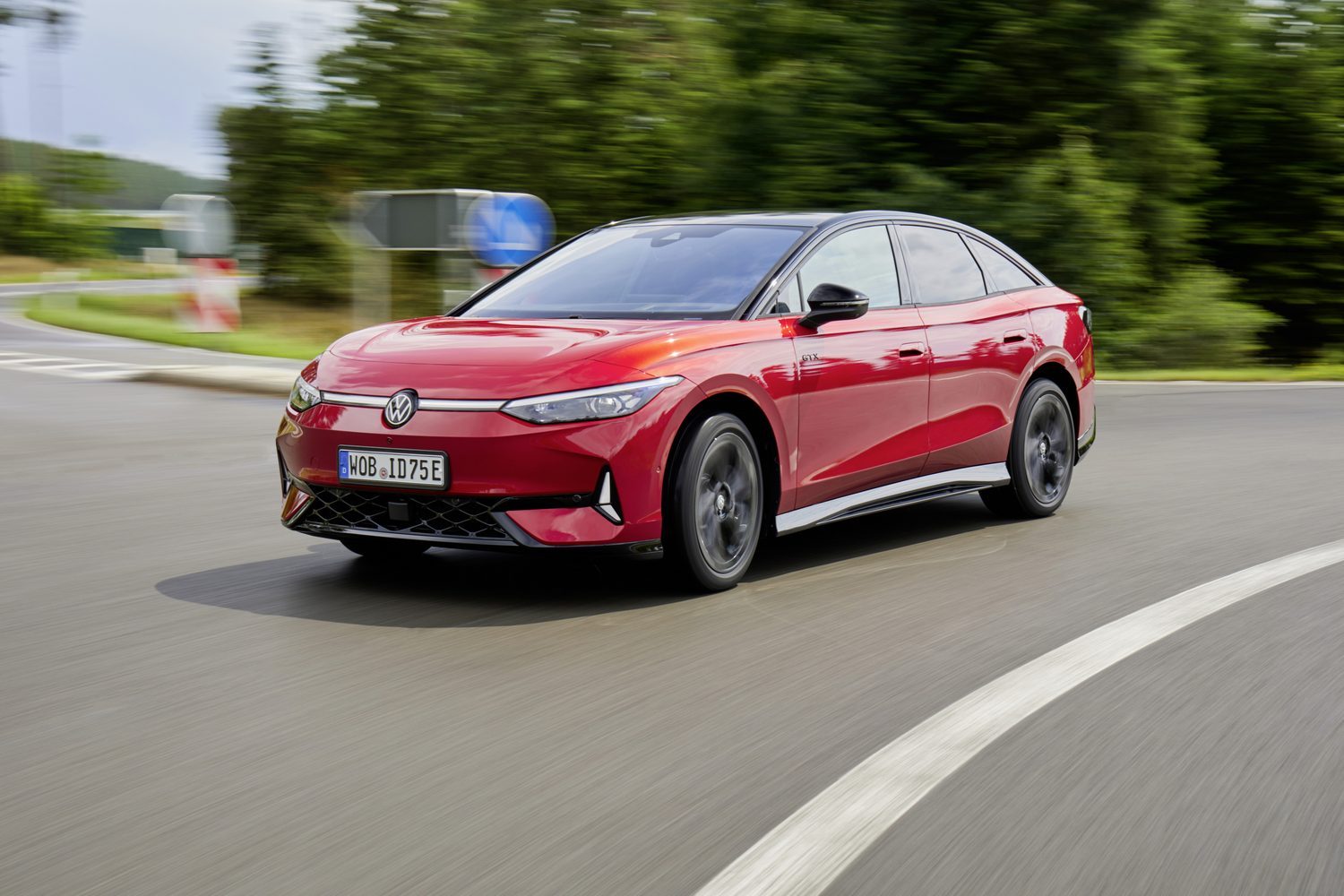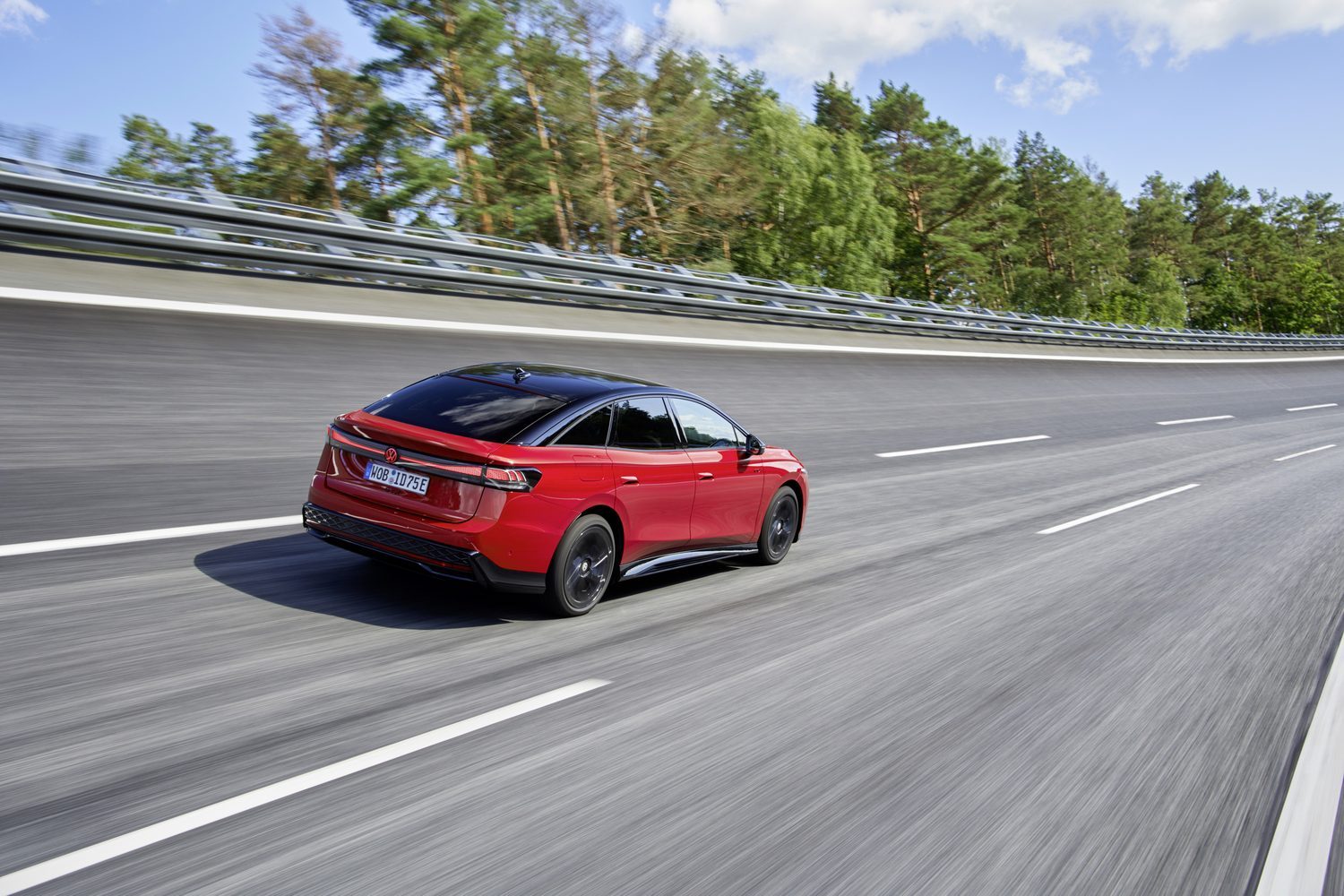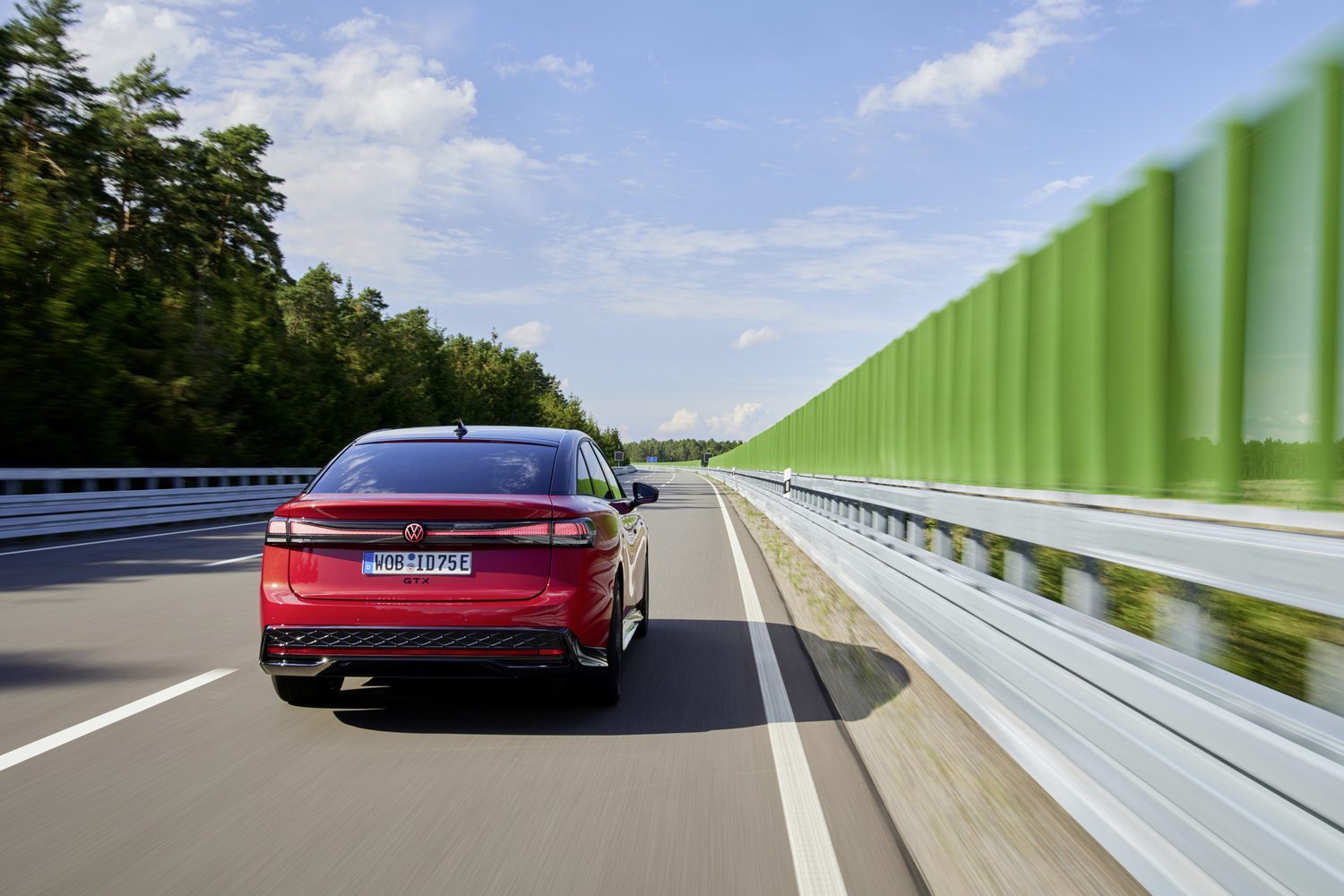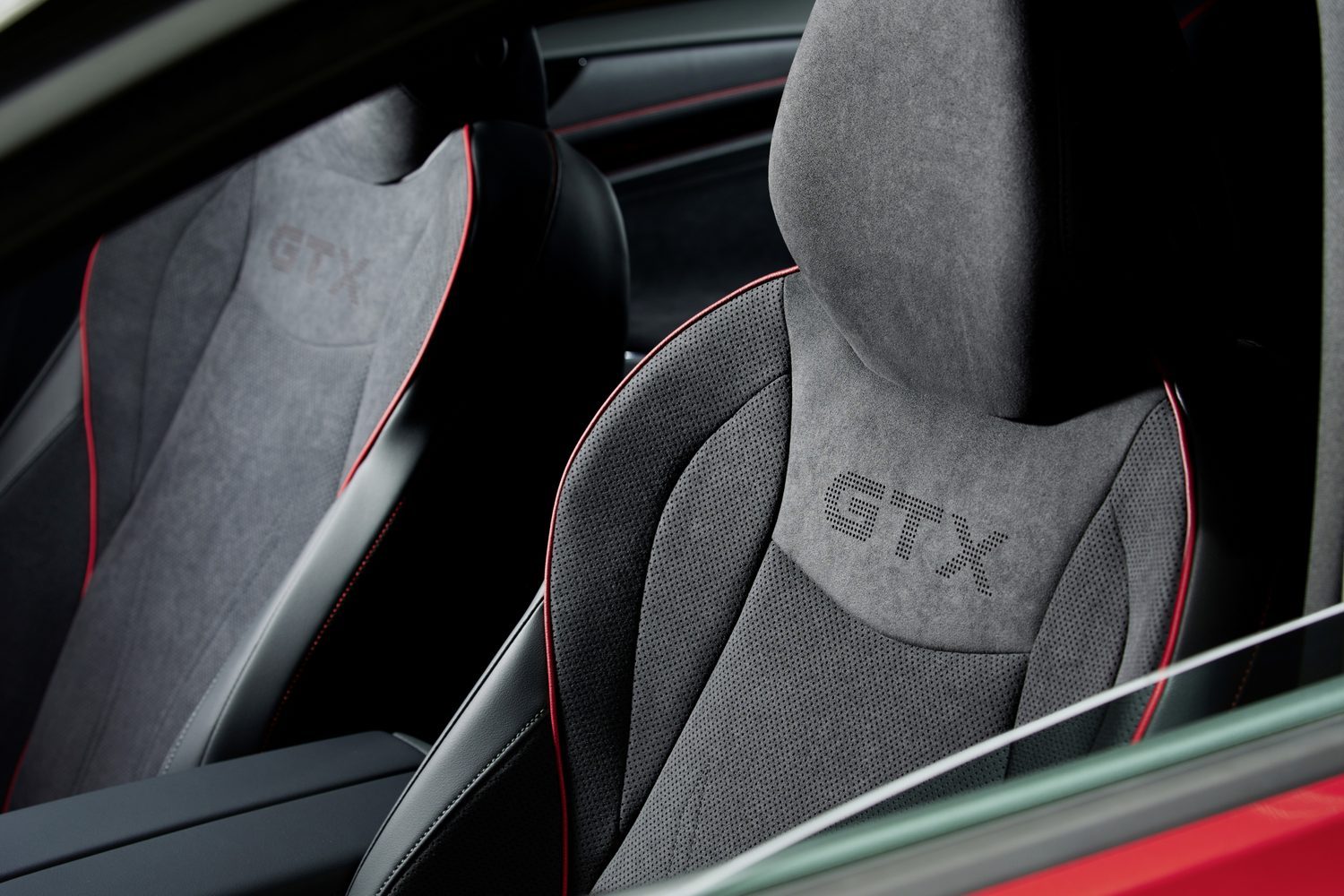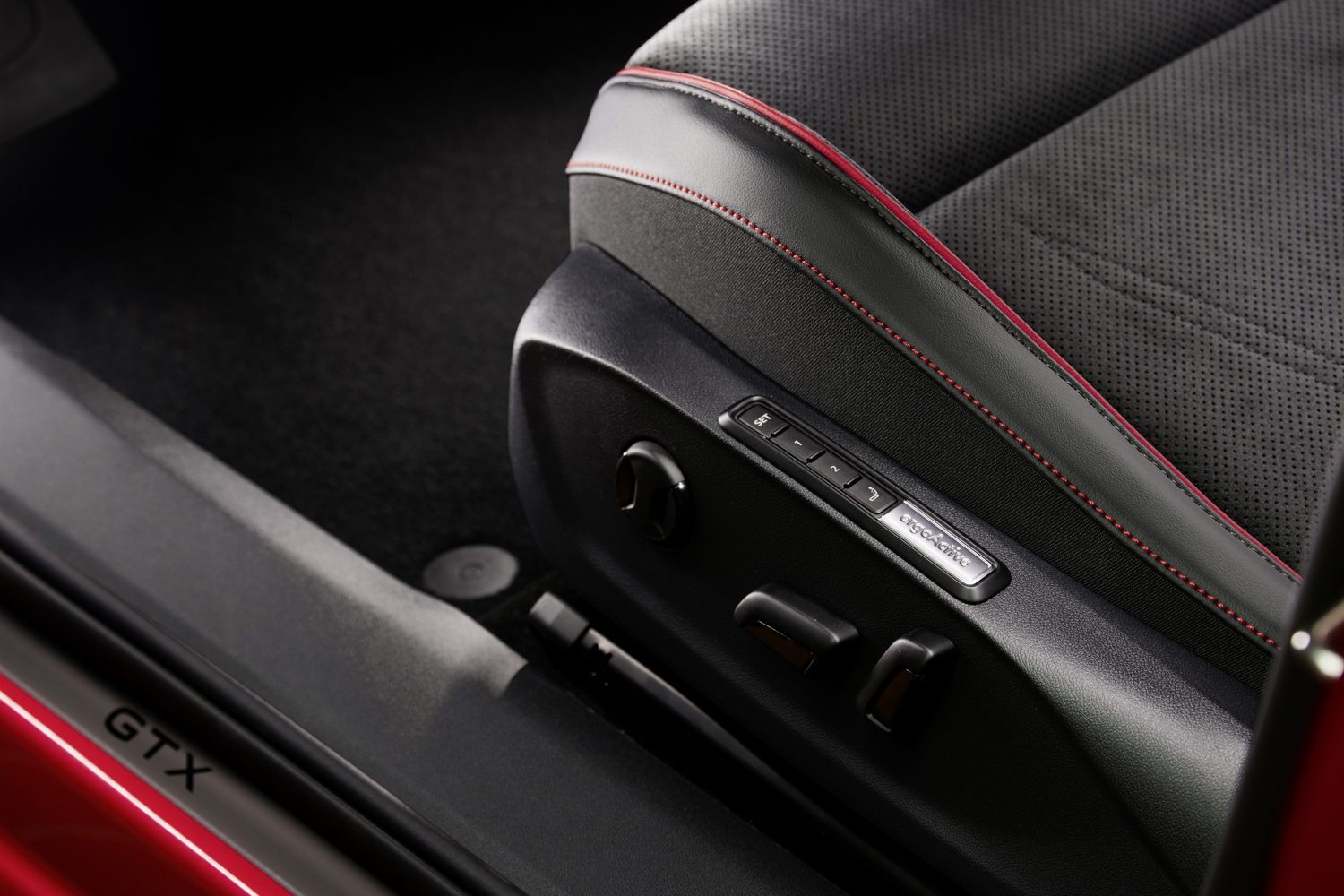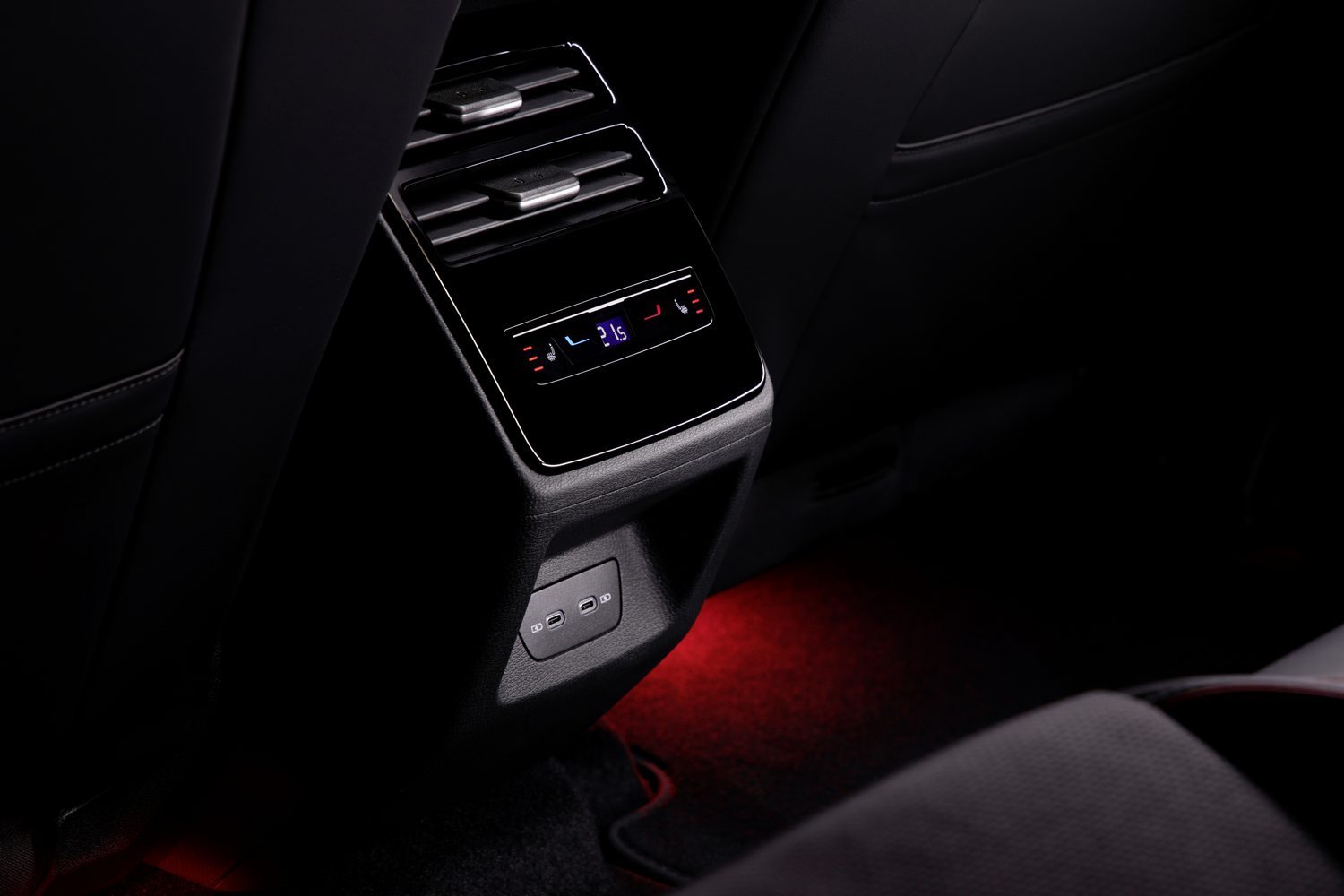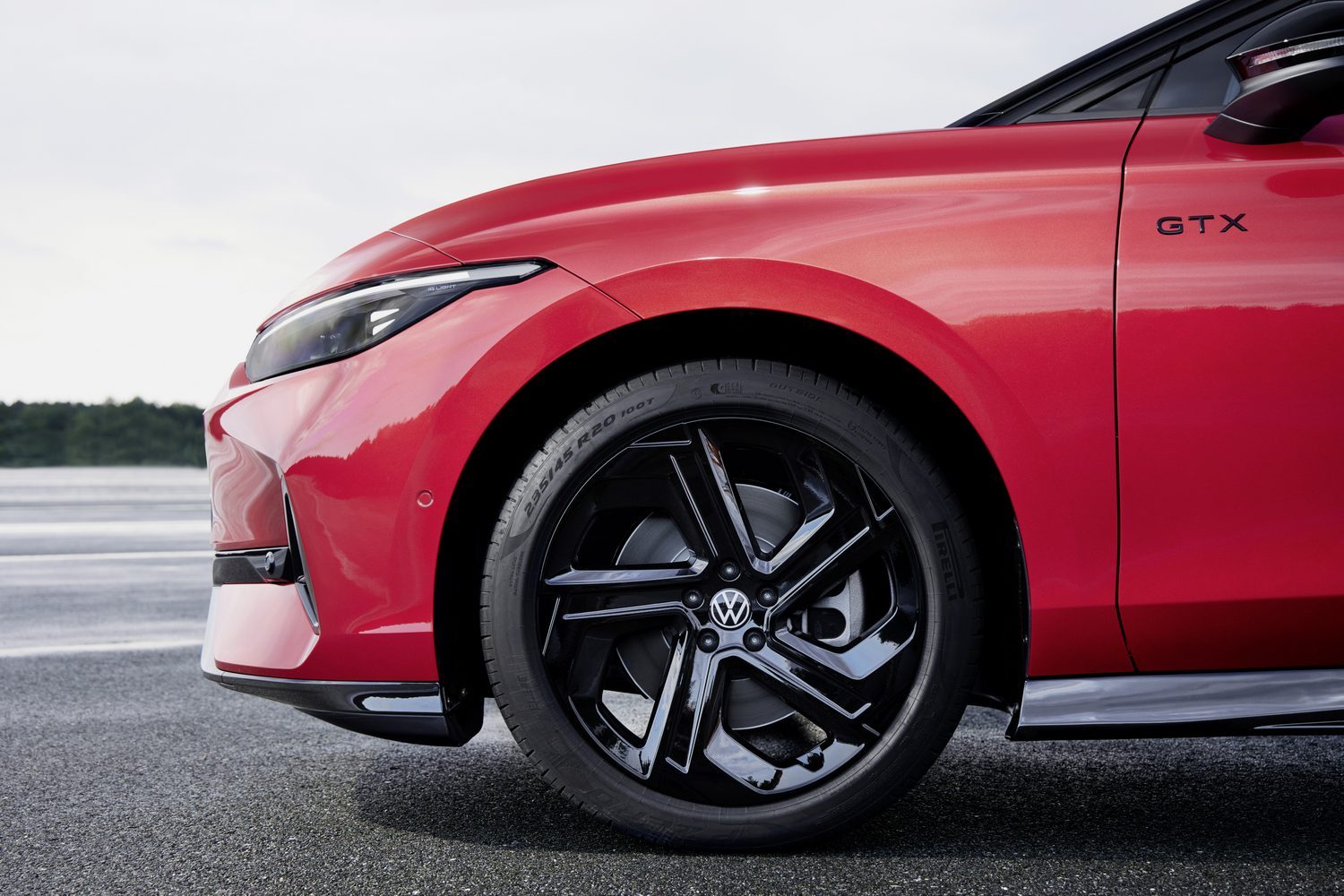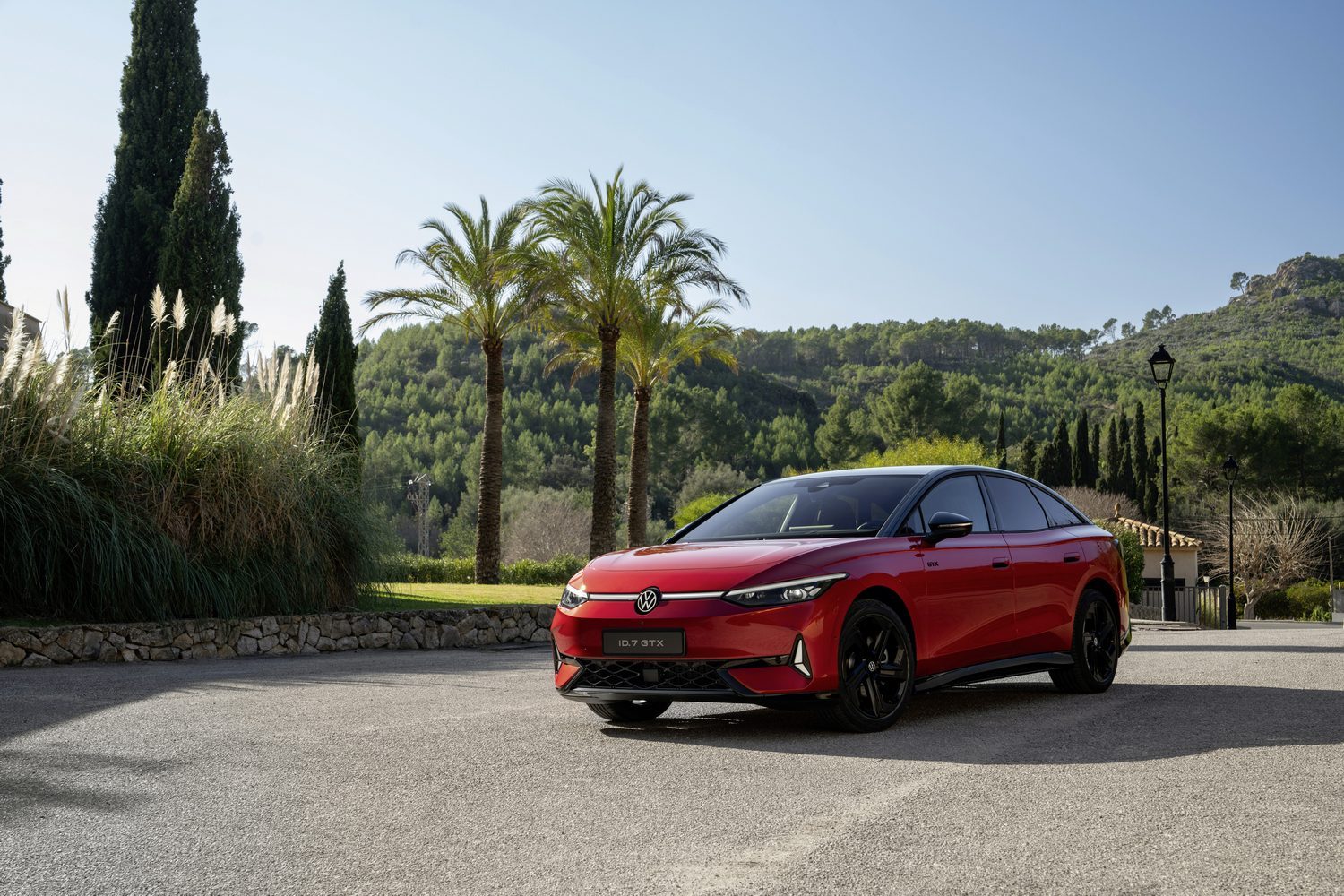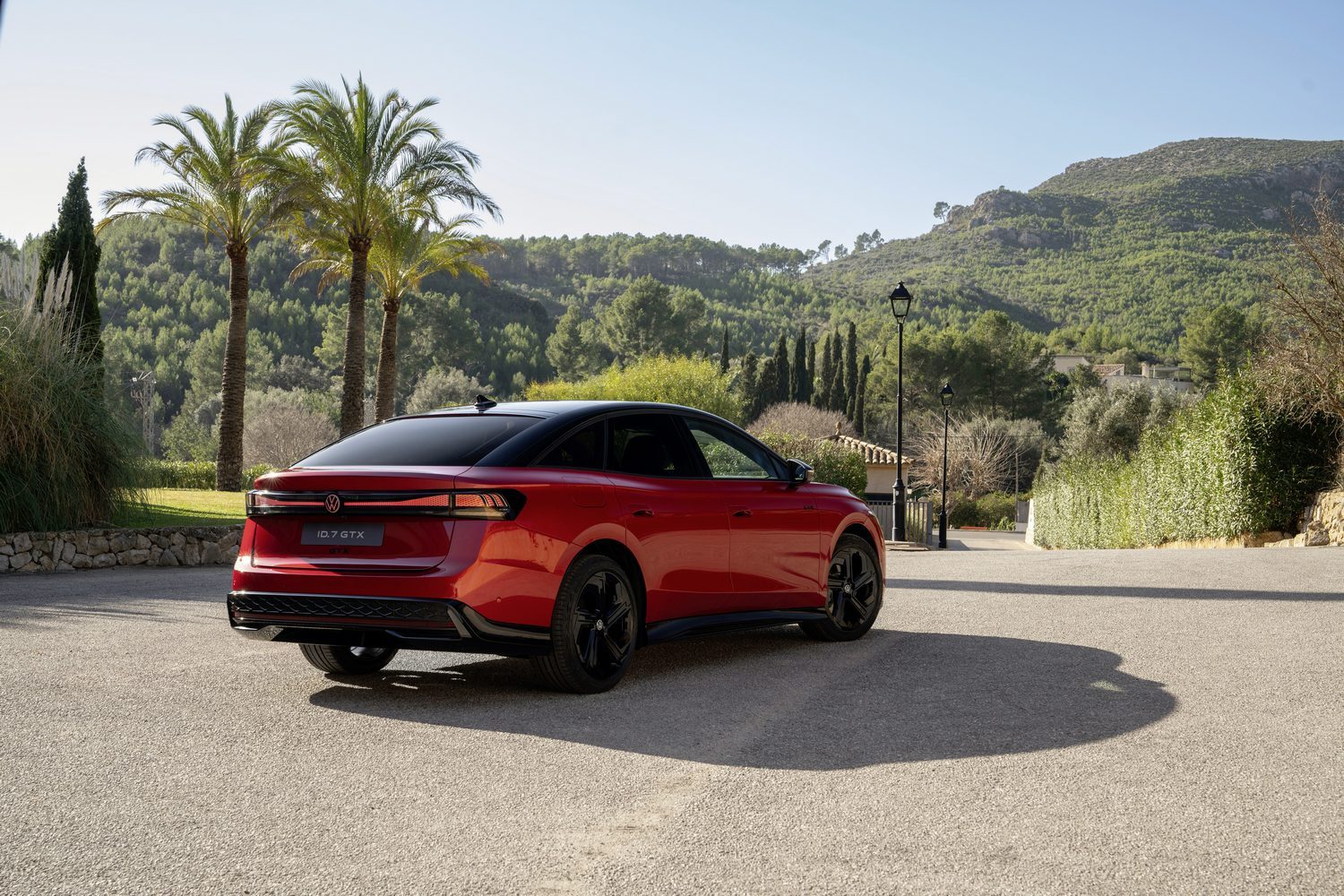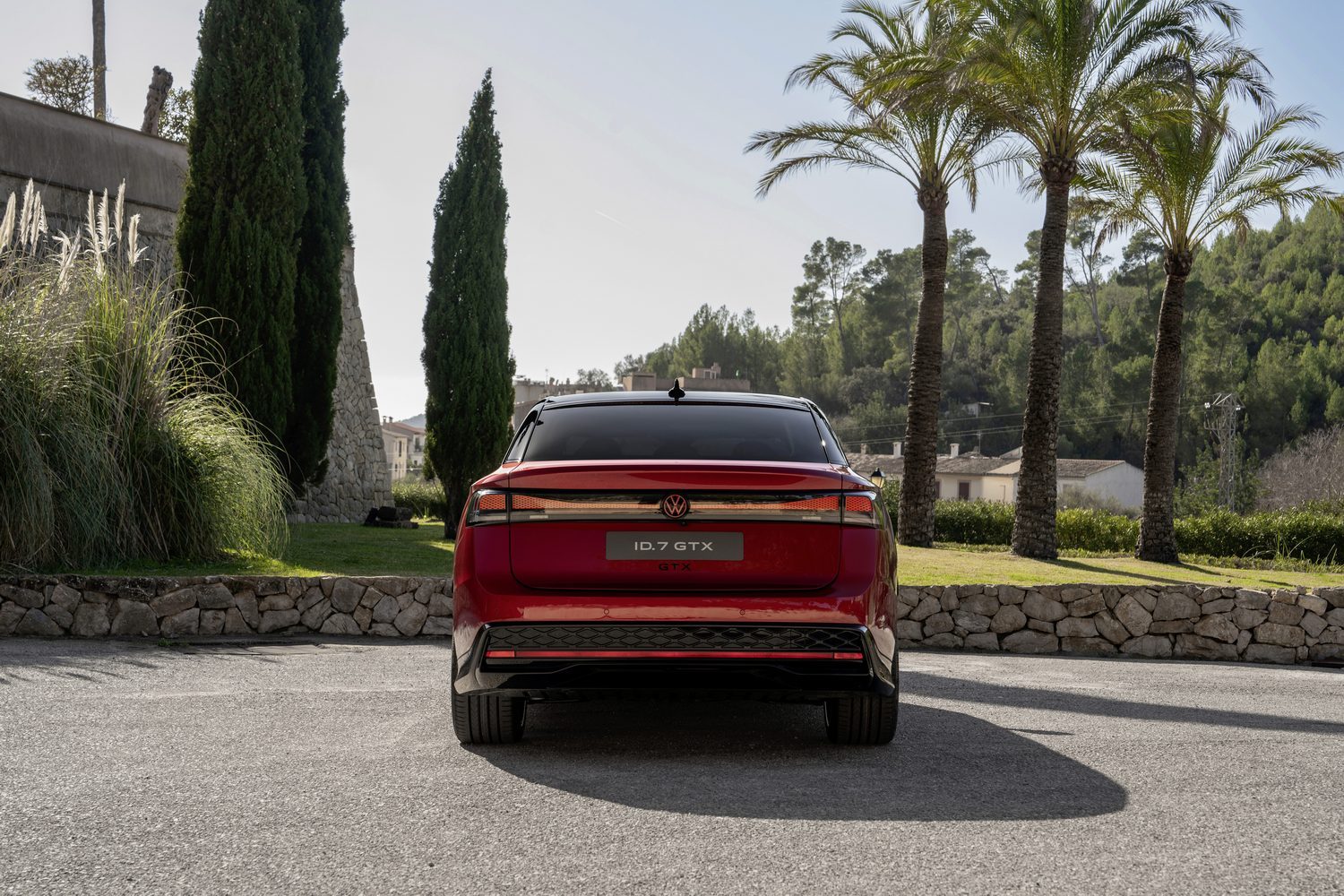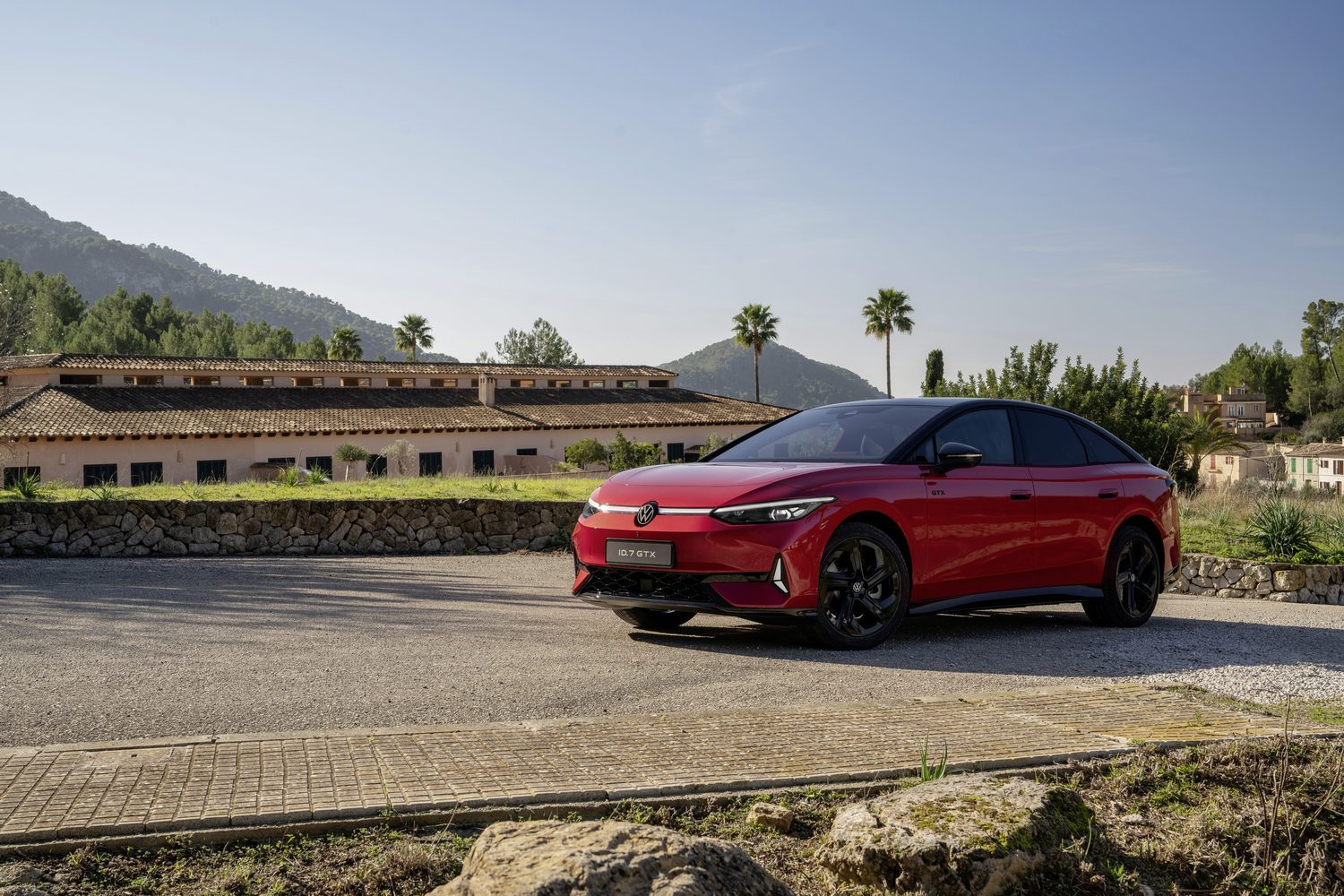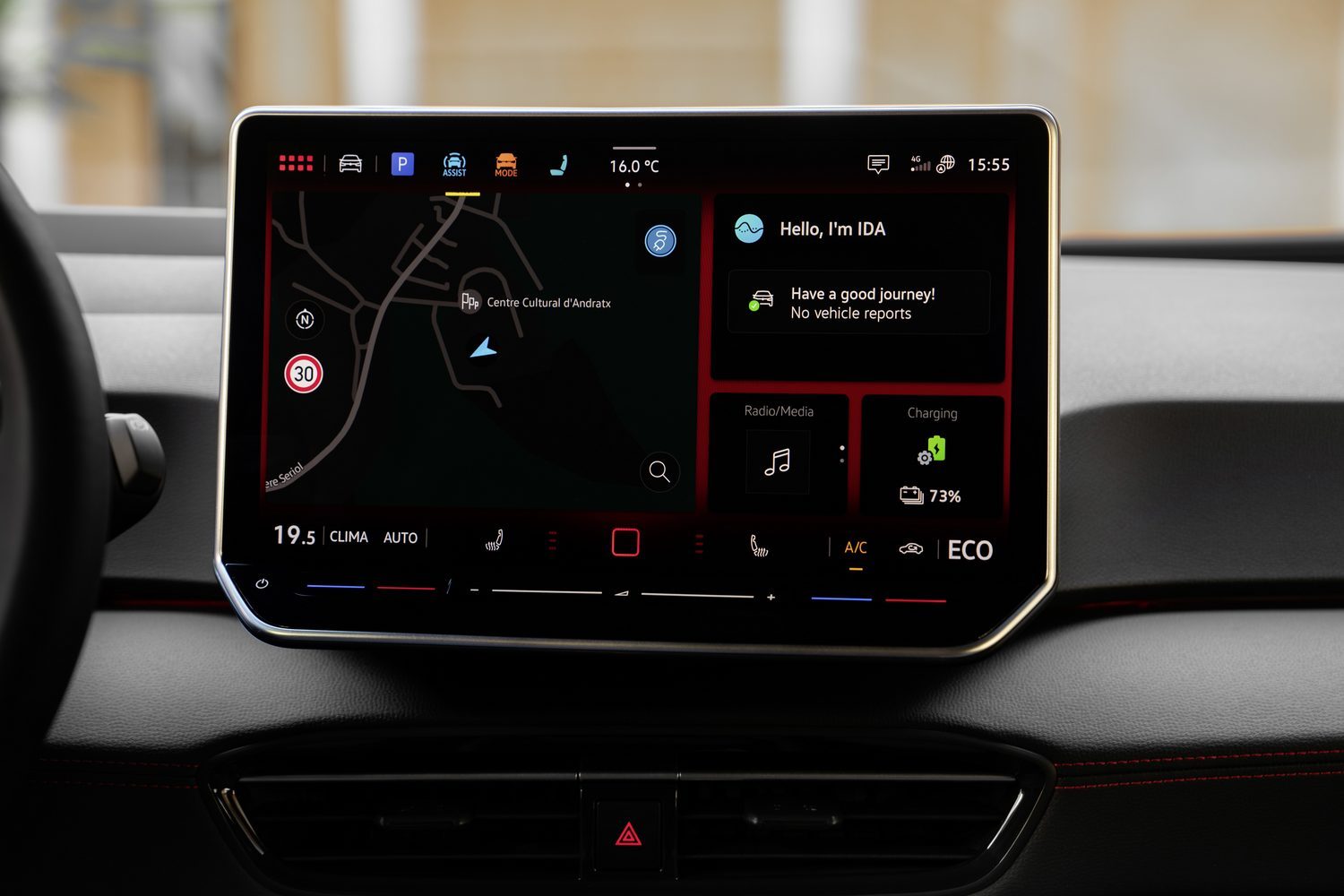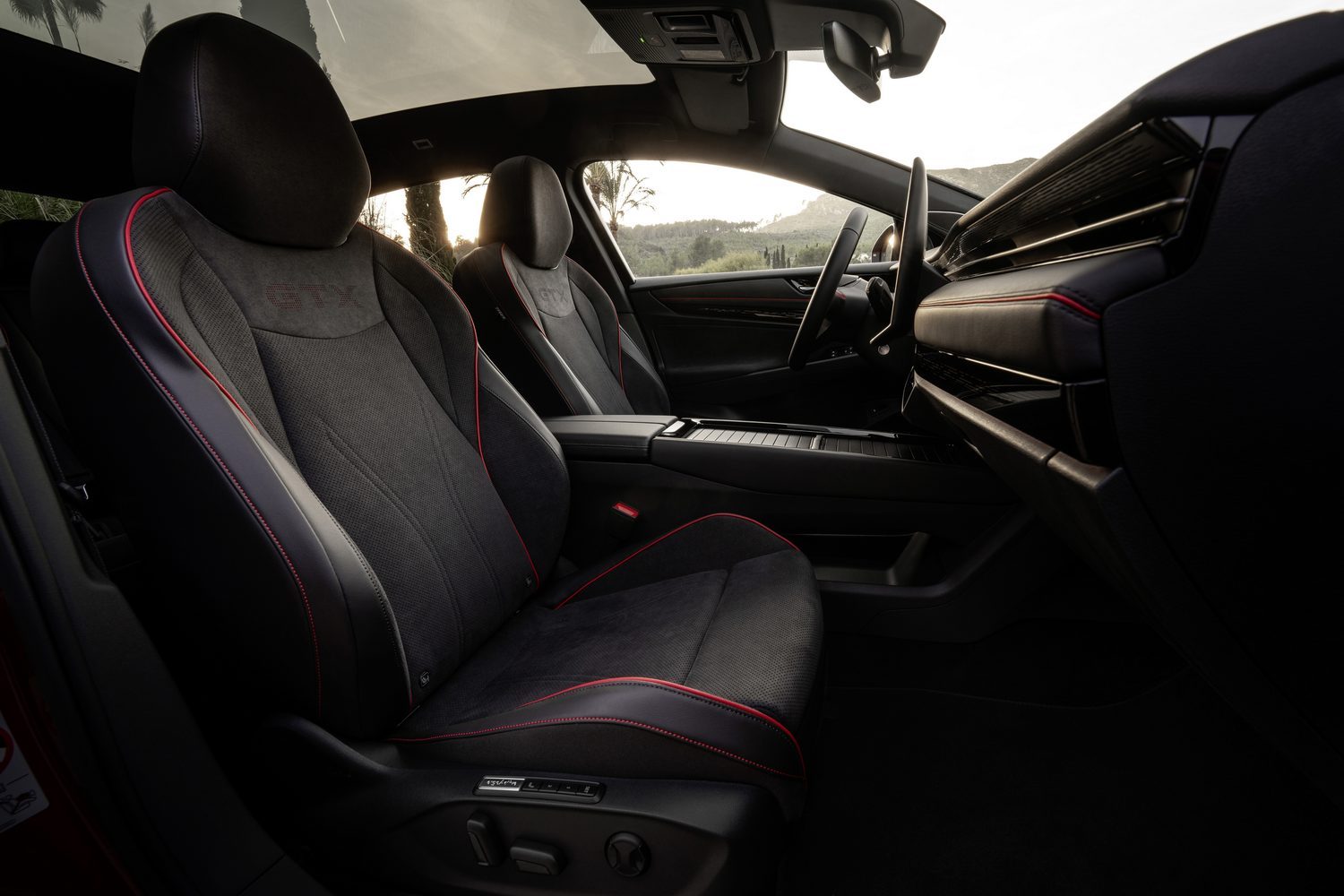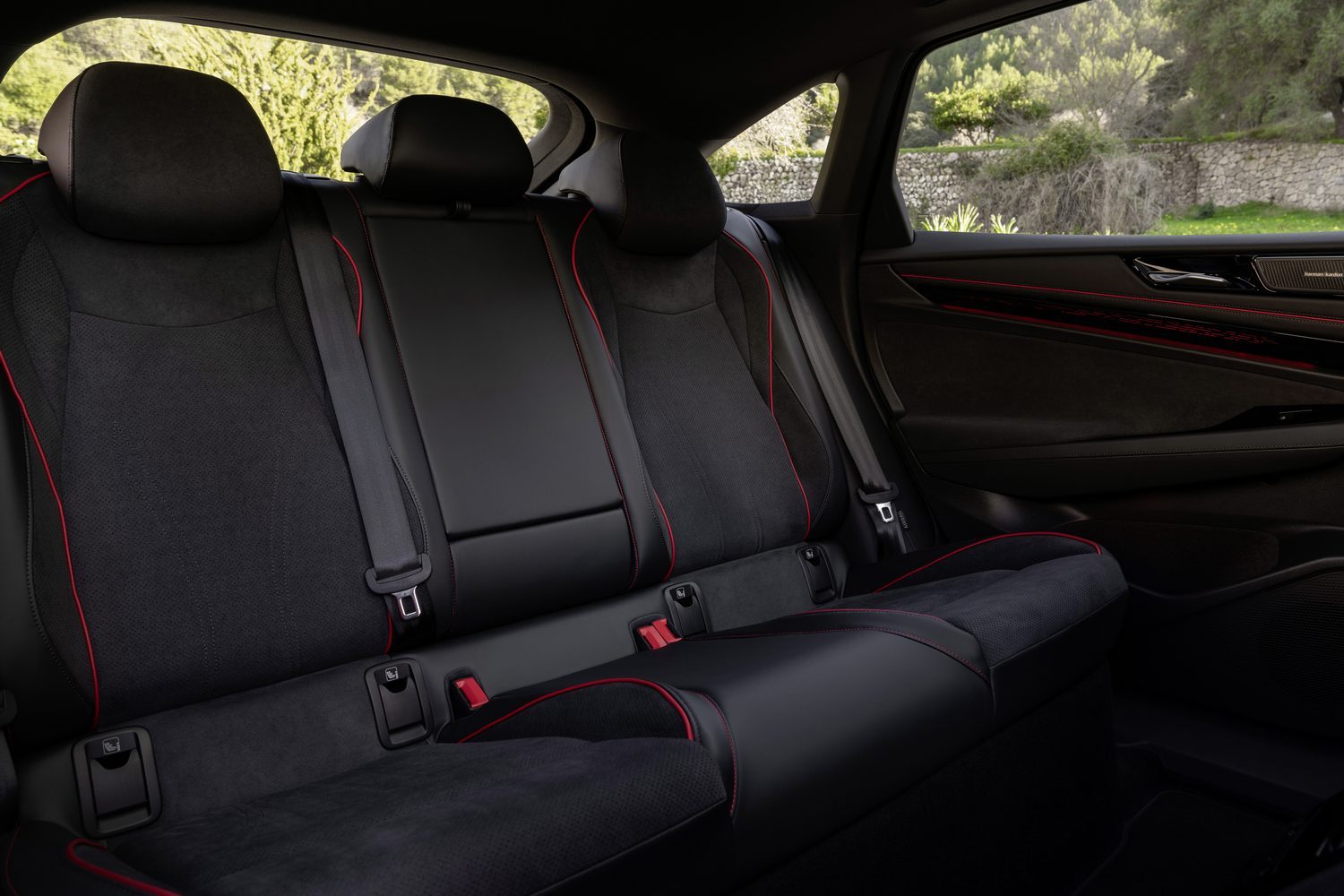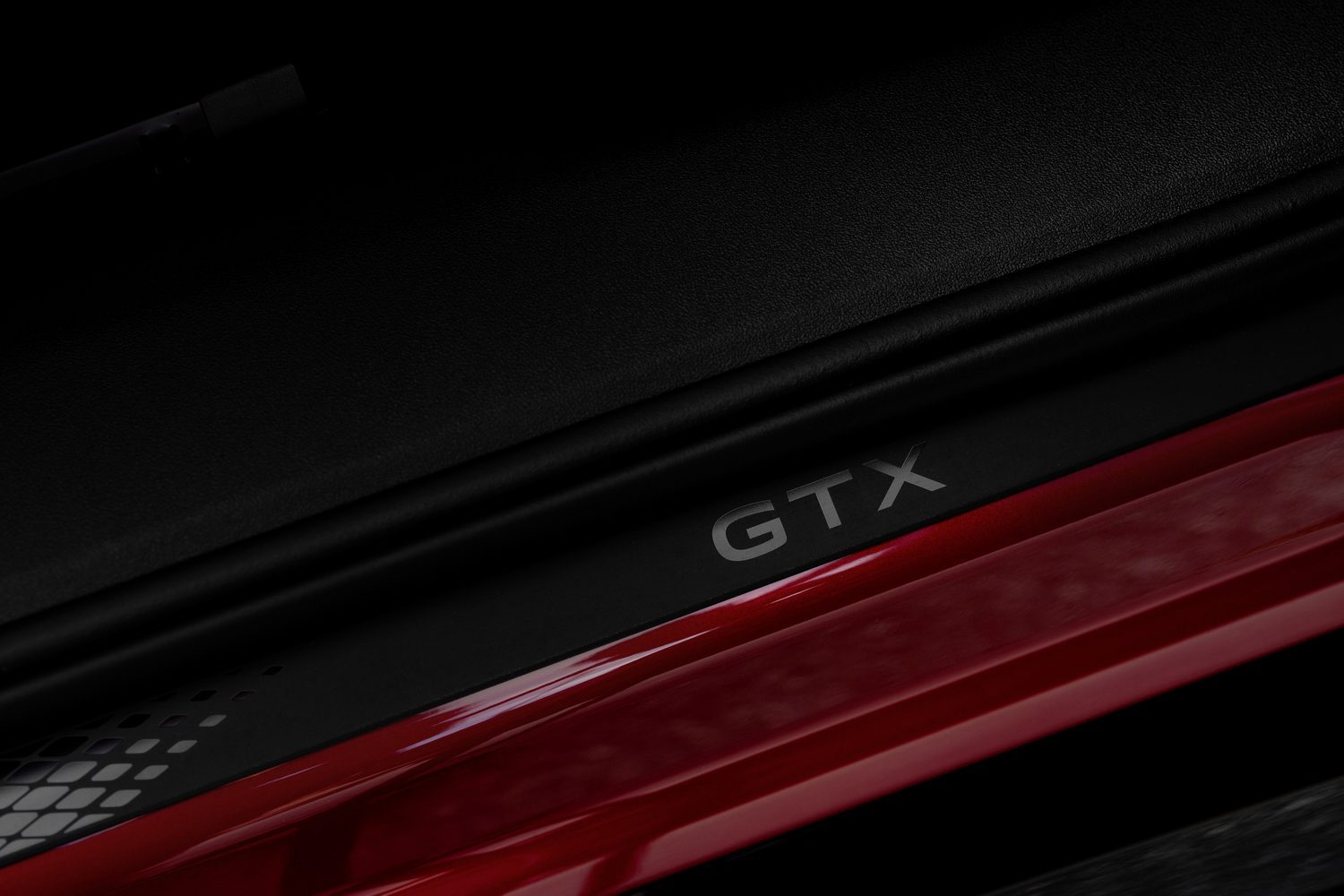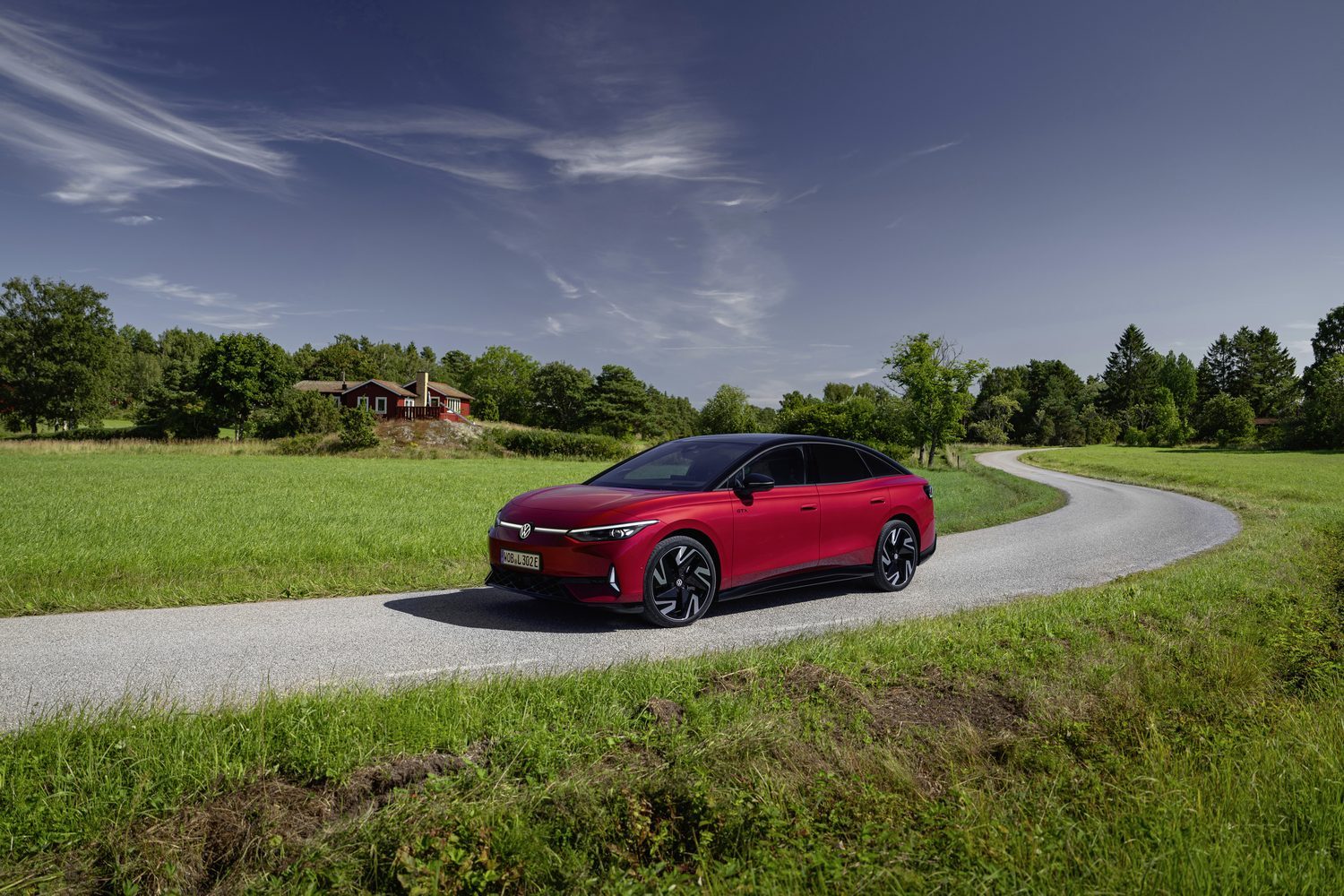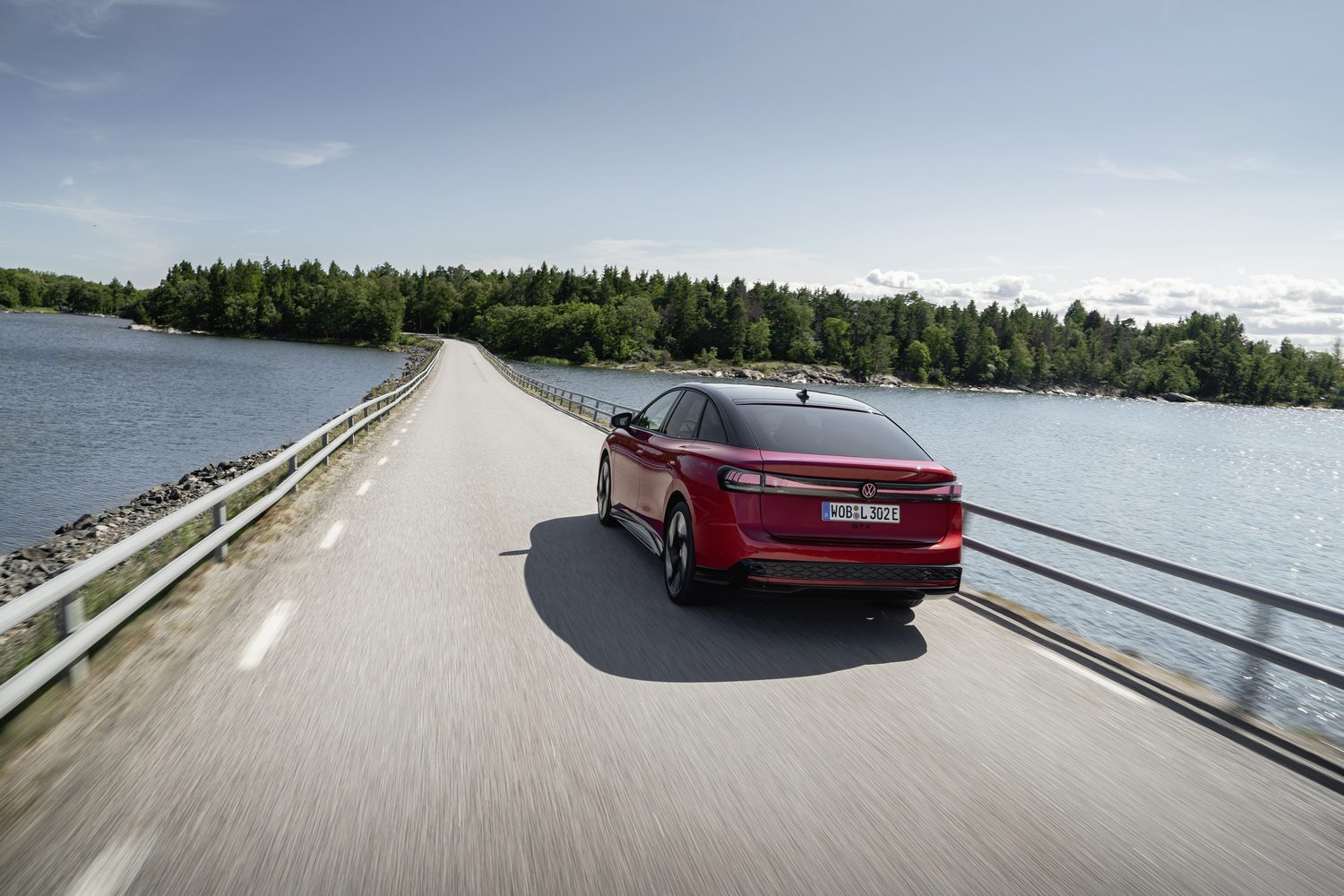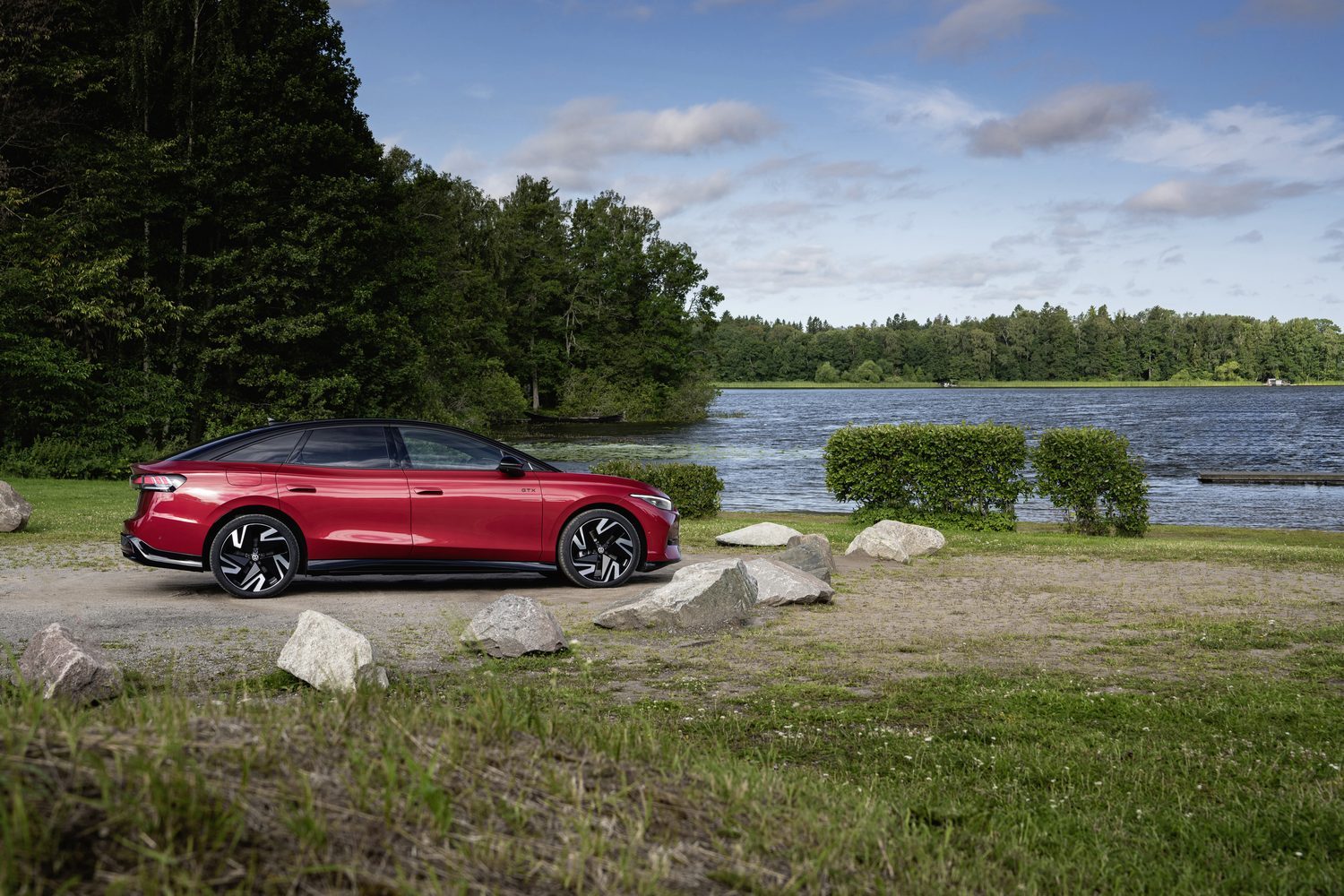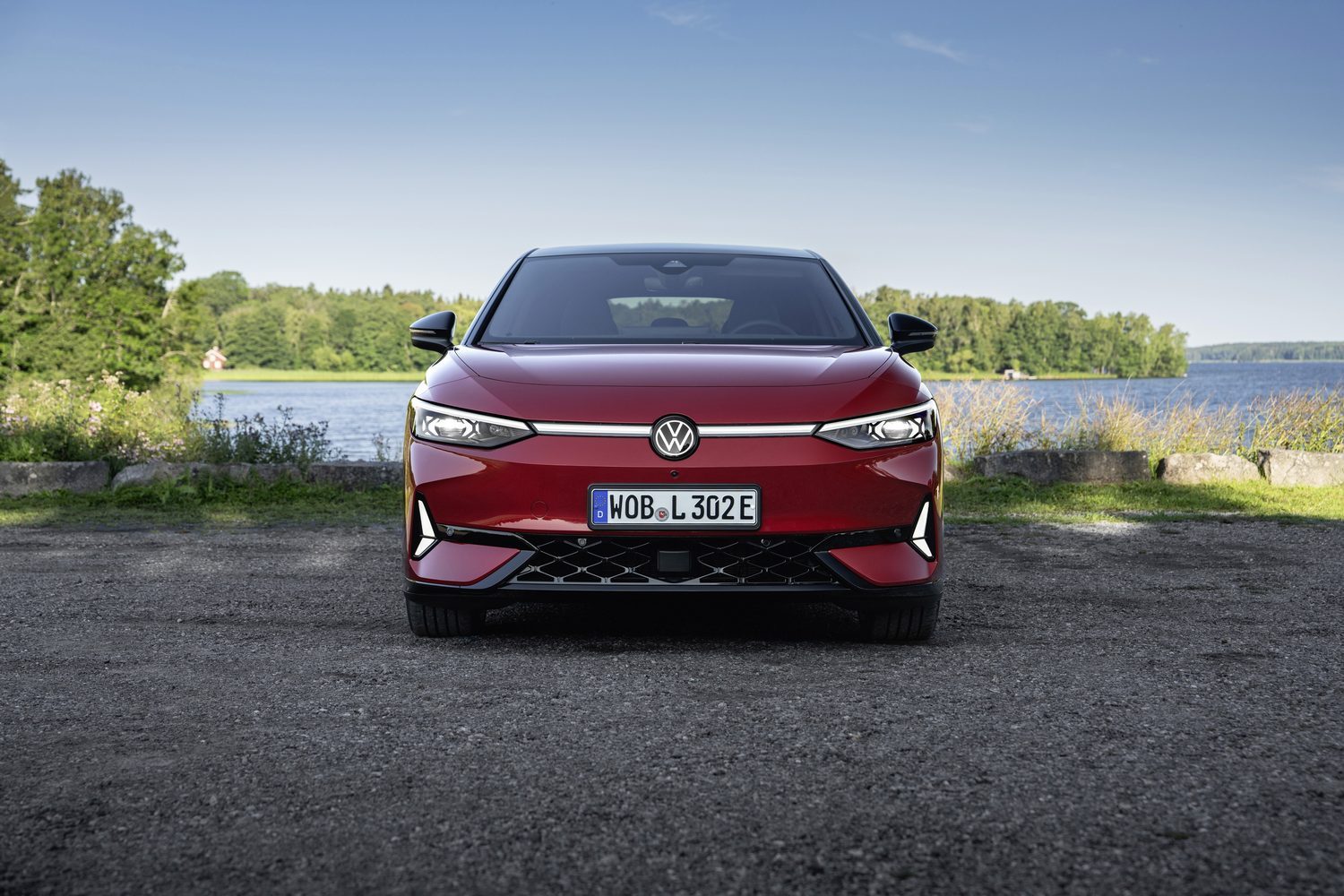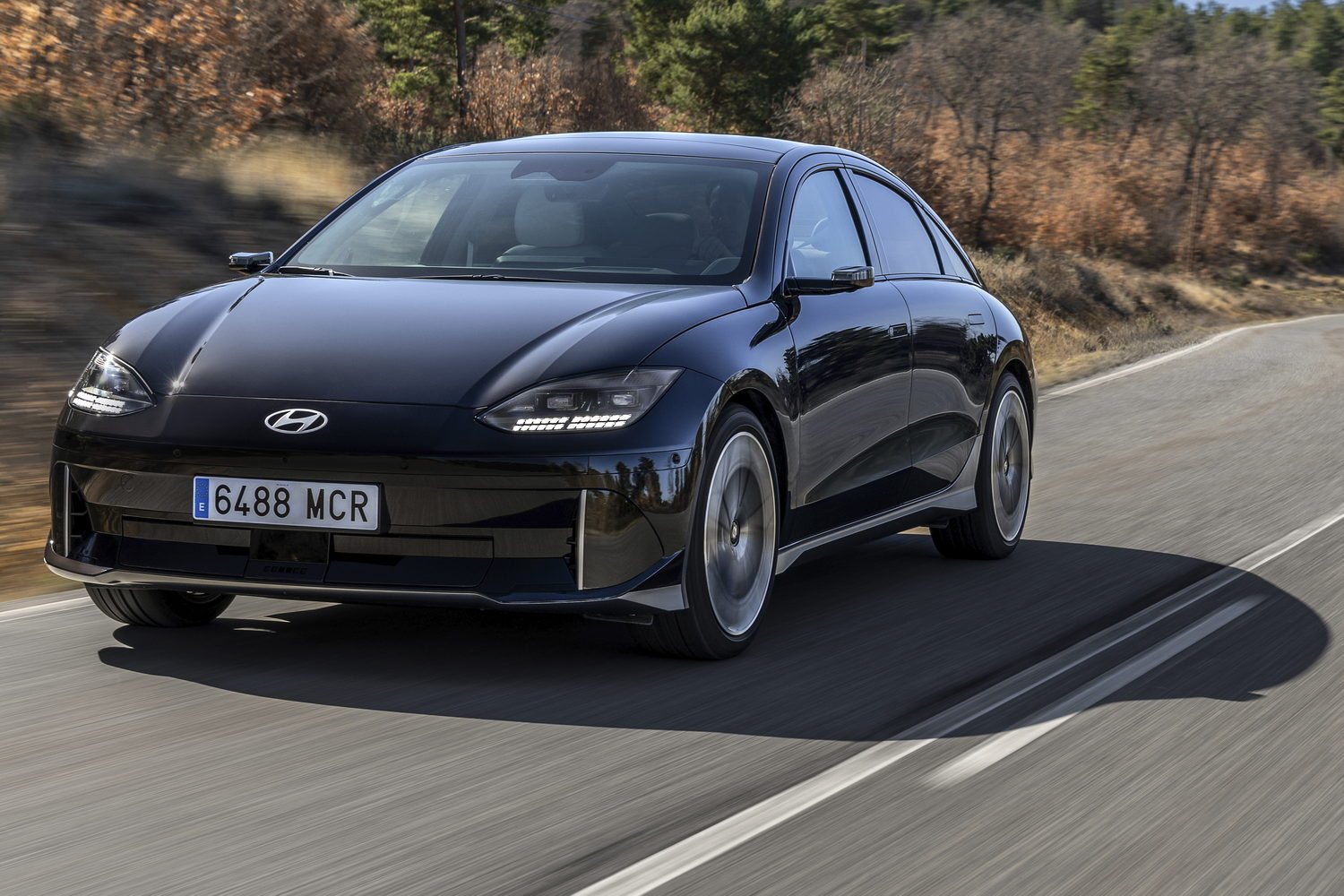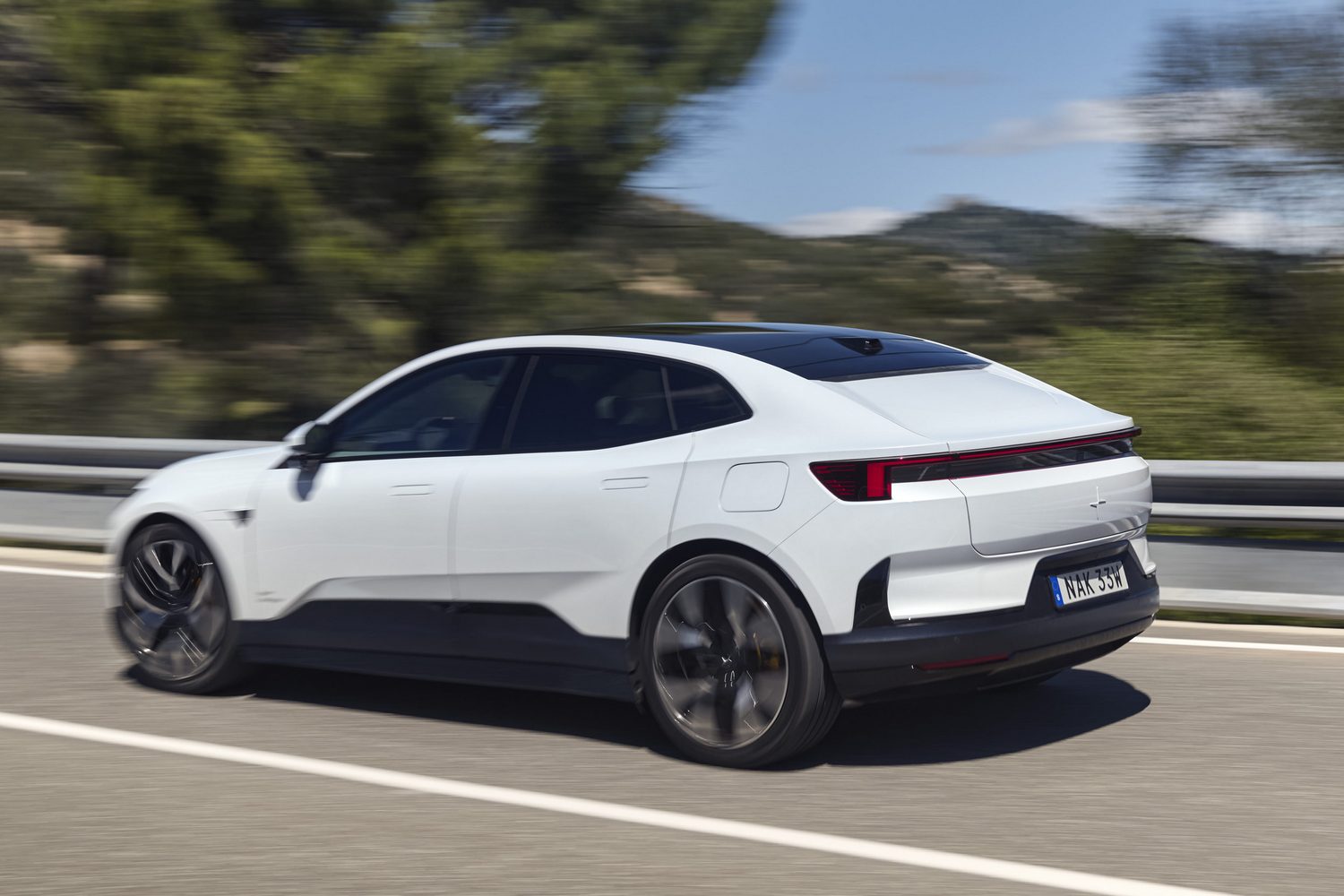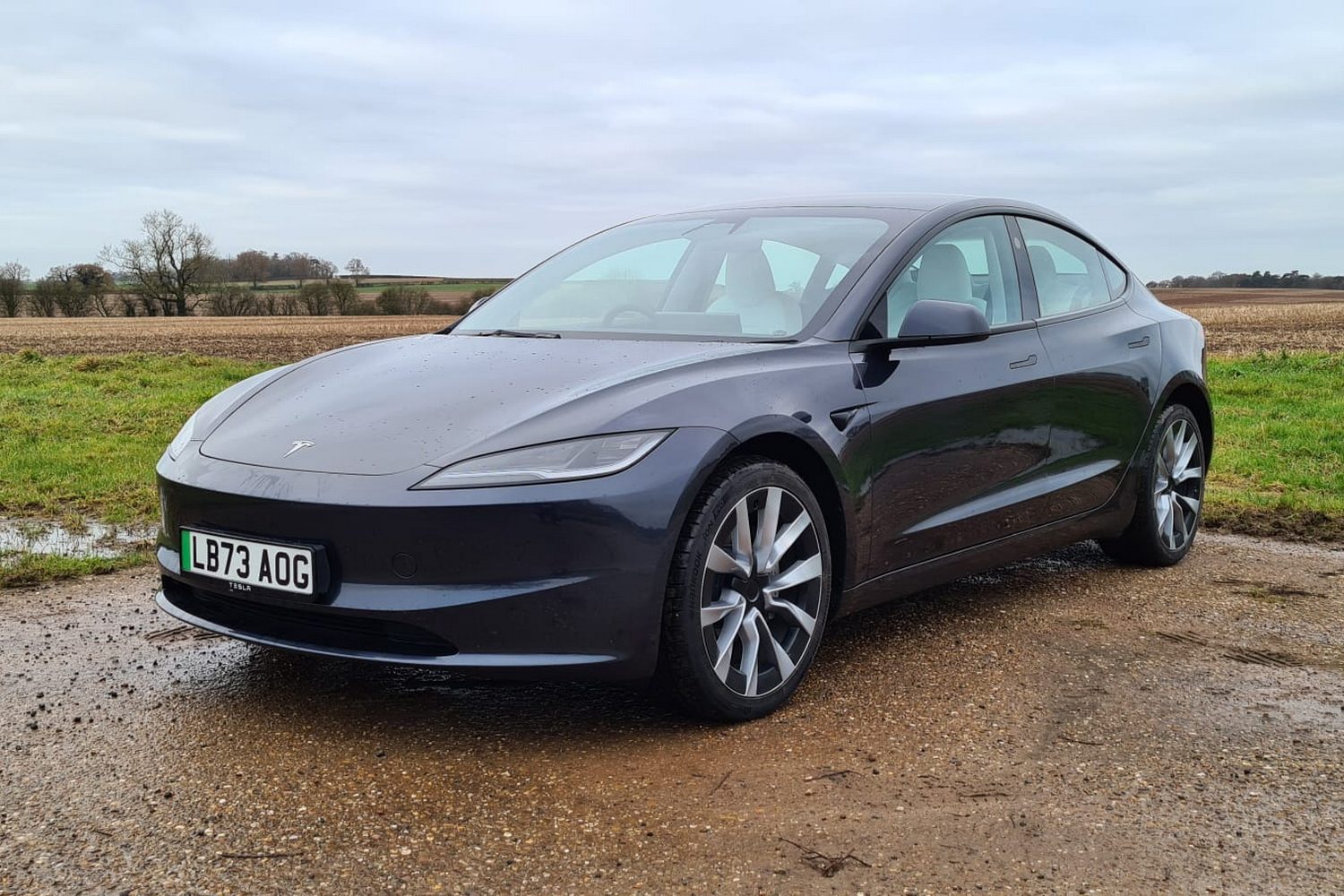Volkswagen adds a high-performance version of the ID.7 to its range, wearing its electric-vehicle (EV) sporty branding of ‘GTX’. With dual motors and an enlarged 86kWh battery, the ID.7 GTX is an EV which can officially do almost 600 kilometres to a single charge of its power pack, yet it has enough power and torque to hit 100km/h from rest in 5.4 seconds. Is it the pick of the ID.7 line-up, then, or simply a showroom halo model that you can safely ignore in favour of supposedly lesser (but longer-range) variants of the VW? Our first chance to drive the GTX model was on UK roads.
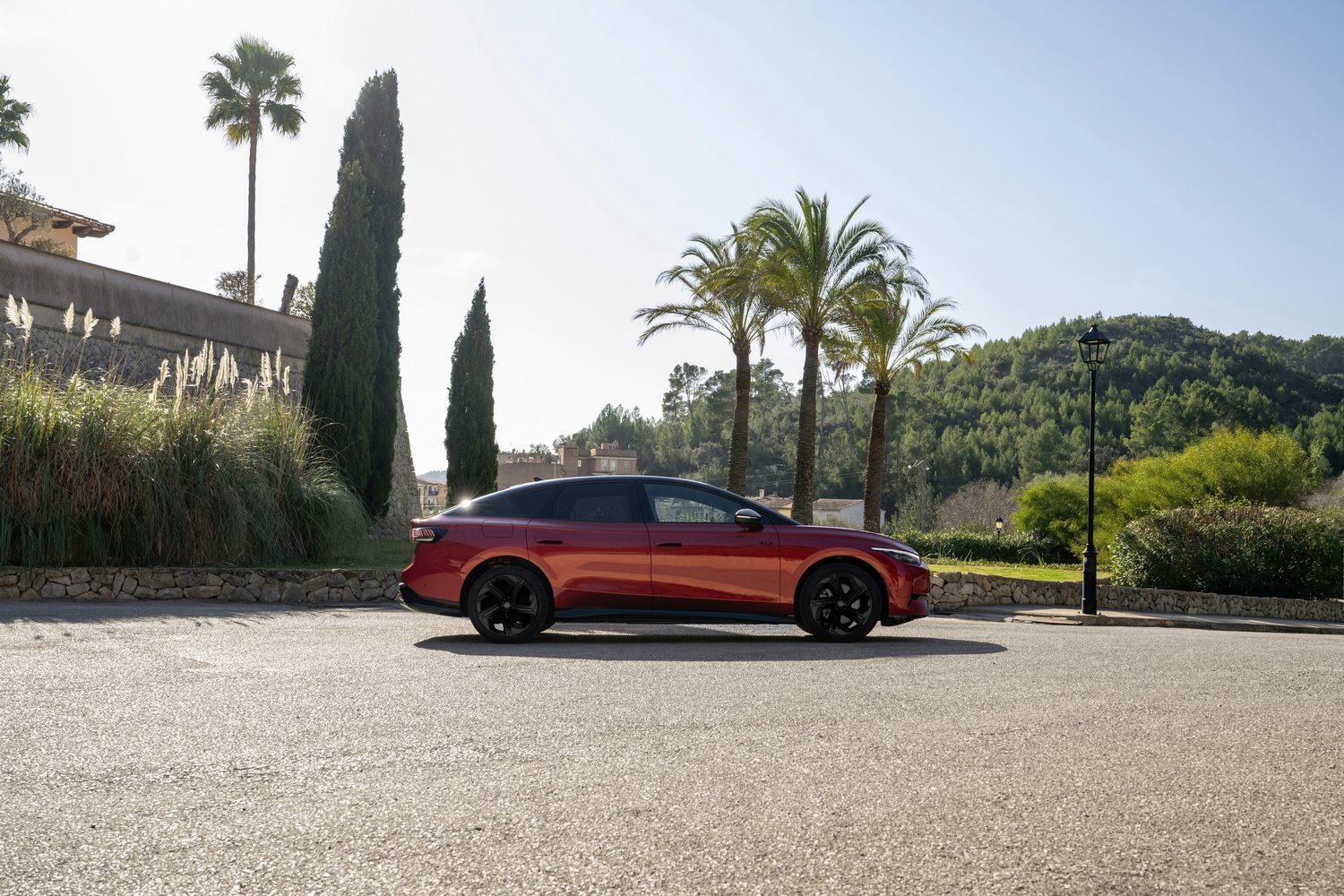
How much is the 2024 Volkswagen ID.7 GTX in Ireland?
With the ID.7 range starting from less than €60,000 for a Pro Plus, the €73,690 of the GTX looks chunky. There is a lot of standard equipment for that cash and of course the increased straight-line performance, but it’s hard to ignore the next model down the tree - the single-motor, rear-wheel-drive Pro S Plus - which still has a more-than-reasonable 286hp and the same 86kWh battery pack, affording it much more one-shot driving range (704km, officially) for a useful €7,995 saving.
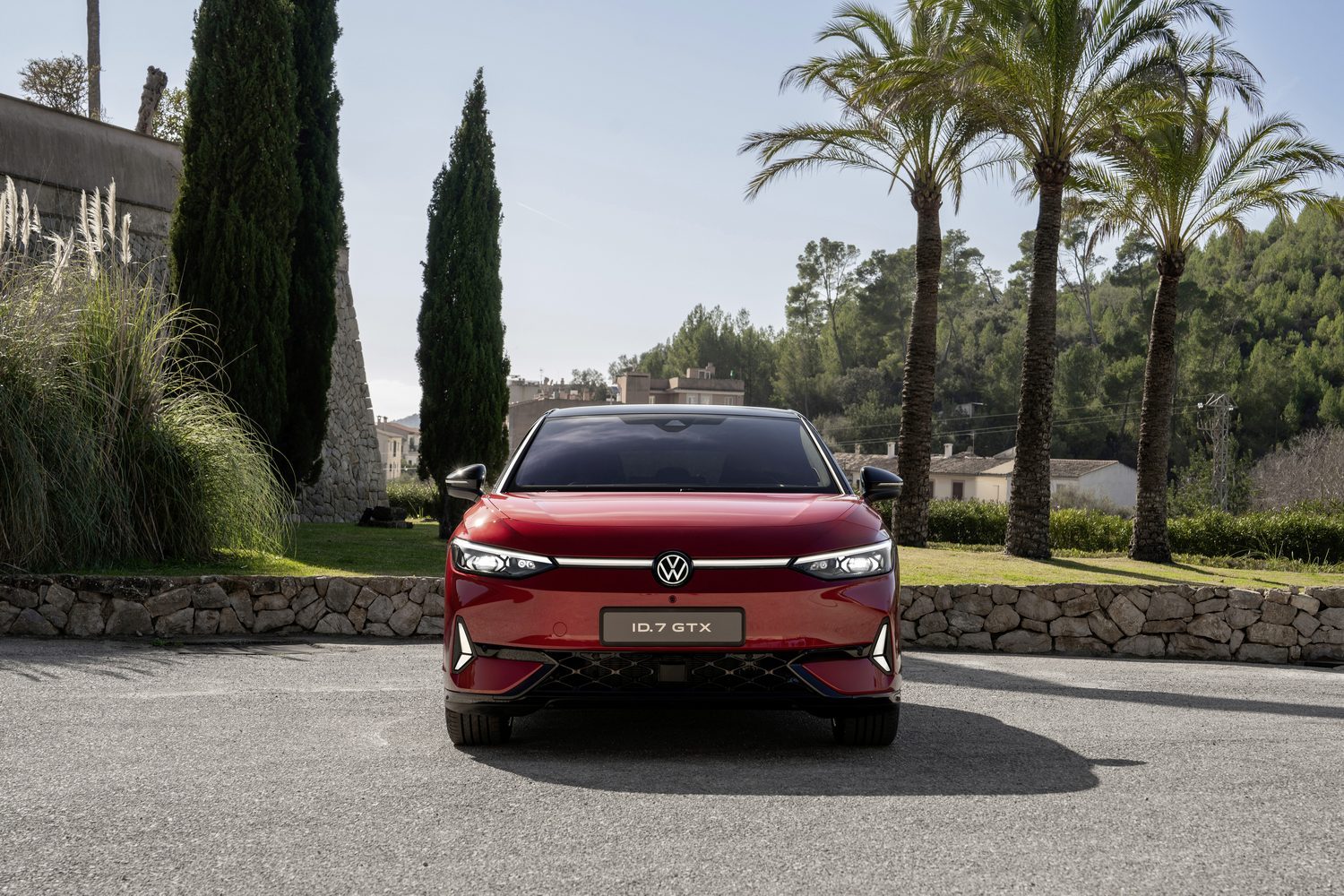
What’s the styling like on the Volkswagen ID.7 GTX?
The GTX looks much like any other Volkswagen ID.7, with its large, swoopy, elegant form giving it an impressive coefficient of drag of just 0.23. To this basic shape, the German company adds sporty styling cues, principally finished in black. So, there’s a large honeycomb grille in said colour in the chin spoiler area at the front of the car, while meaty side skirts, the door mirrors, the roof and even the 20-inch ‘Skagen’ diamond-turned alloys are all black.
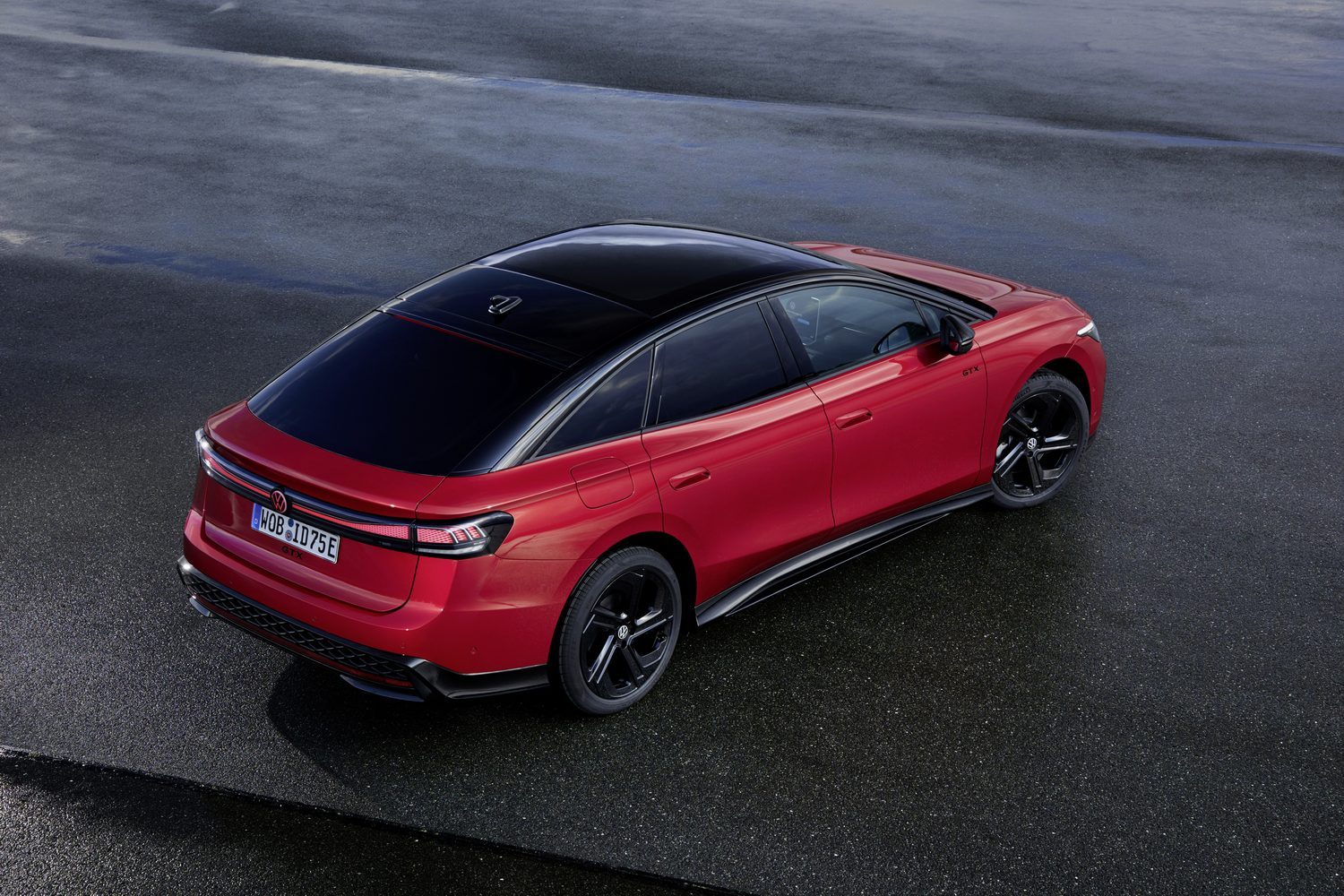
Finally, at the rear, the lower bumper trim is dark and when all of this is set against a red body, the effect is quite striking - although it’ll be lessened if the GTX is painted in a deeper tone. At both ends of the car, the Volkswagen emblems light up at night, while the top-spec ID.7 comes with ID. Light Matrix LED headlamps as standard.
A look inside the Volkswagen ID.7 GTX
Again, subtle changes from the standard car include sculpted front seats, with an ‘ArtVelours’ microfleece centre section and ‘Artex’ side bolsters to attempt to give the cabin of this ID.7 a sportier ambience than its relations. This is enhanced by red stitching for the upholstery and door cards, and a discreet ‘GTX’ logo on the central spoke of the three on the steering wheel, but otherwise this is very much as per any other model in the range within.
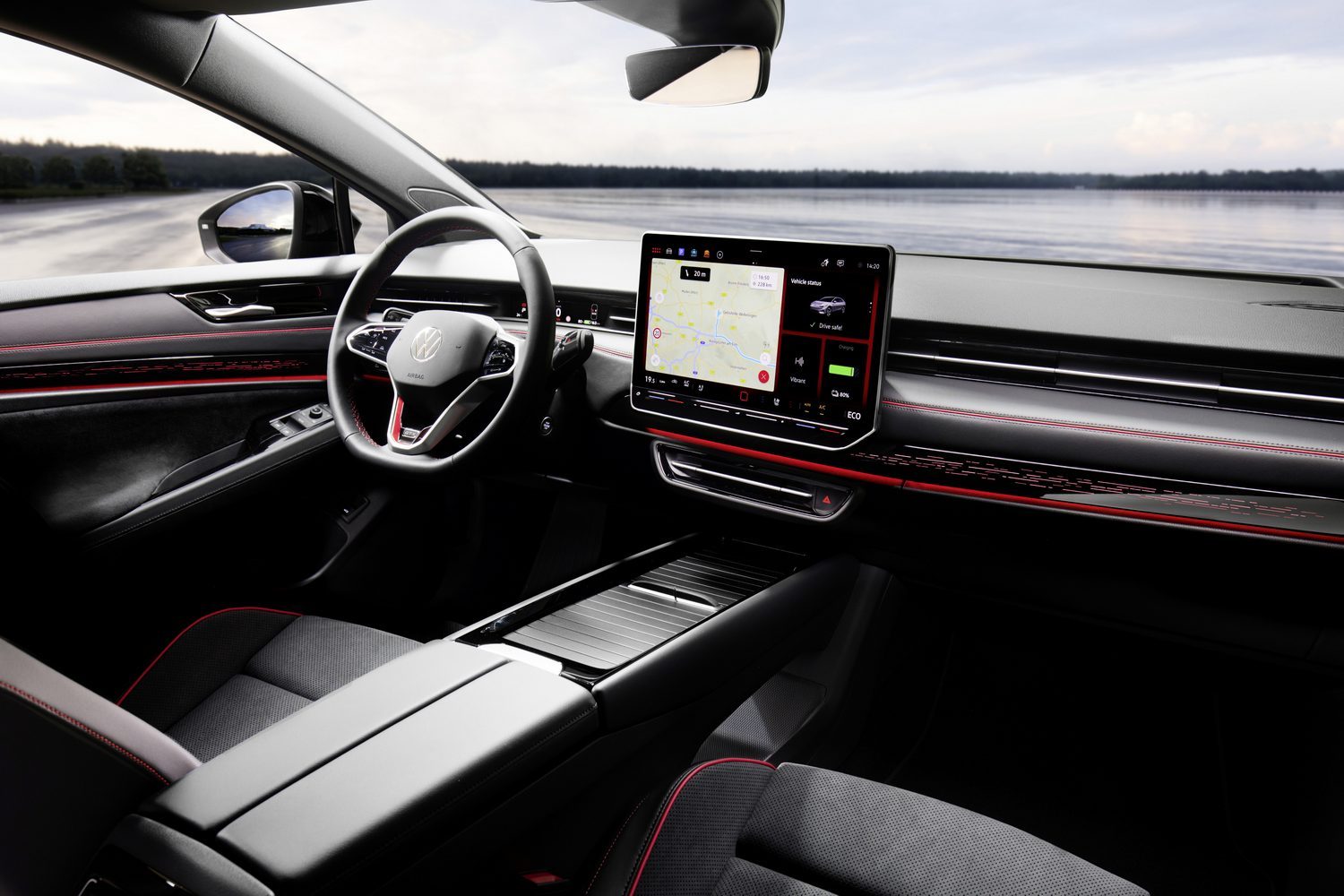
That’s no bad thing, as space is truly epic onboard the ID.7 and the car has one of Volkswagen’s better interiors anyway (in terms of material finishing and design), while the standard equipment list is generous for the flagship - up to and including heated and ventilated seats with a massage function up front, and heated seats in the outer two positions of the rear. But there’s not loads of fancy showmanship from the GTX to truly mark it out over and above, say, an ID.7 Pro Plus.
The Volkswagen ID.7 GTX’s on-board technology
The ID.7 came from launch with the improved 15-inch infotainment screen and while it’s not perfect, the GTX is easy enough to get on with after a small degree of familiarisation. That Discover Pro system comes with its own navigation software, but also wireless Apple CarPlay and Android Auto (which will be of more interest to most buyers), as well as wireless smartphone charging, four USB-C ports (two in the front, two in the rear), the ID. Light interior communication system and IDA voice assistant, plus a nine-speaker, 700-watt Harman Kardon sound system with a 16-channel digital amp.
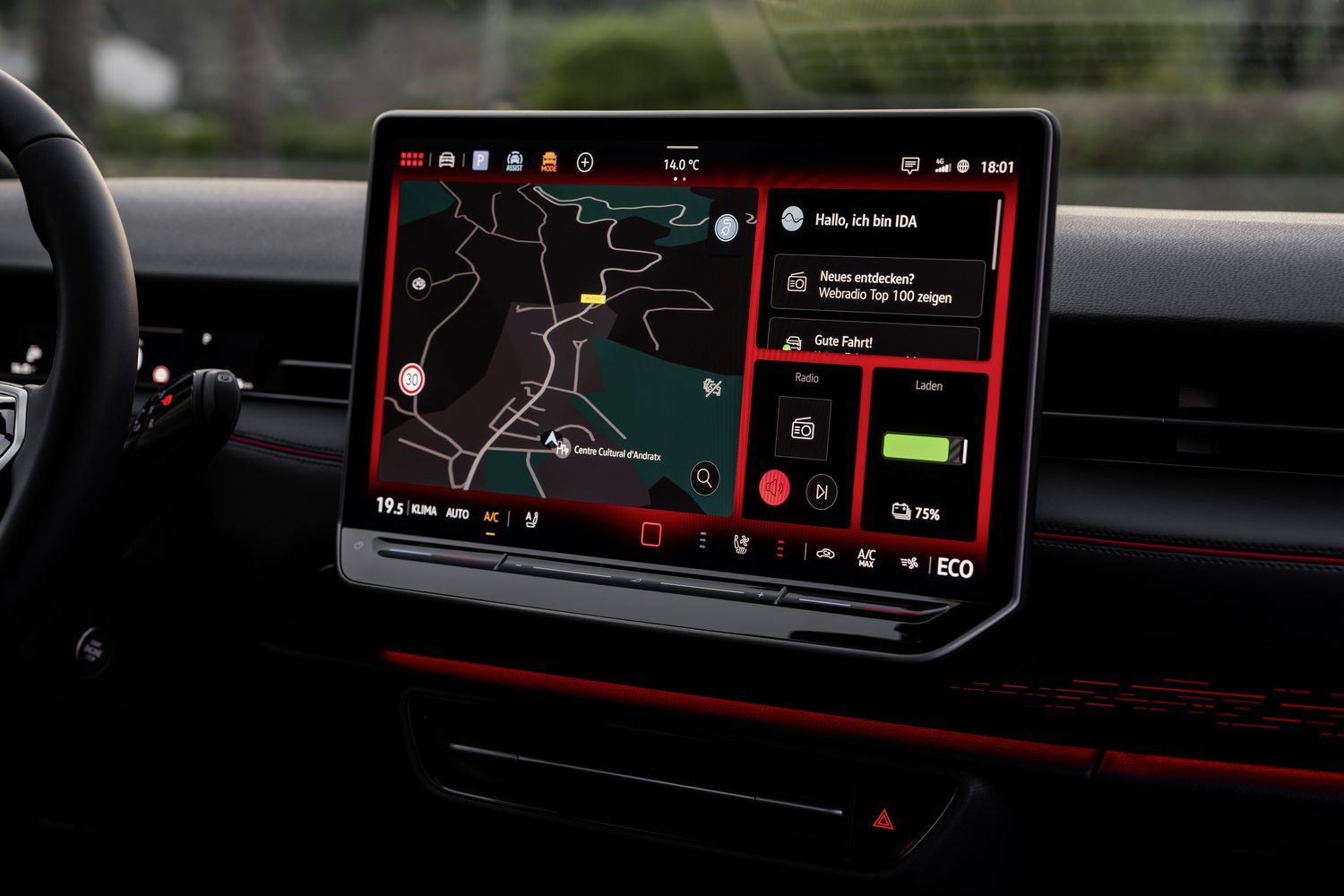
But it’s annoying that a heat pump is a €1,256 option on the ID.7 GTX, rather than standard fit as it should be on an electric flagship like this.
Driving the Volkswagen ID.7 GTX
There’s much to commend about the way the ID.7 GTX goes about its business. That slippery shape plus its luxury pretensions mean this is a super-quiet, comfortable and relaxing car to drive, even by the standards of modern EVs. On Dynamic Chassis Control damping, it has a real breadth of operating bandwidth when it comes to suppressing bumps in the road, and there’s no doubting the potency of 545Nm operating through a four-wheel-drive system. You put your foot down in the GTX and it goes, quickly, smoothly and rapidly for the horizon.
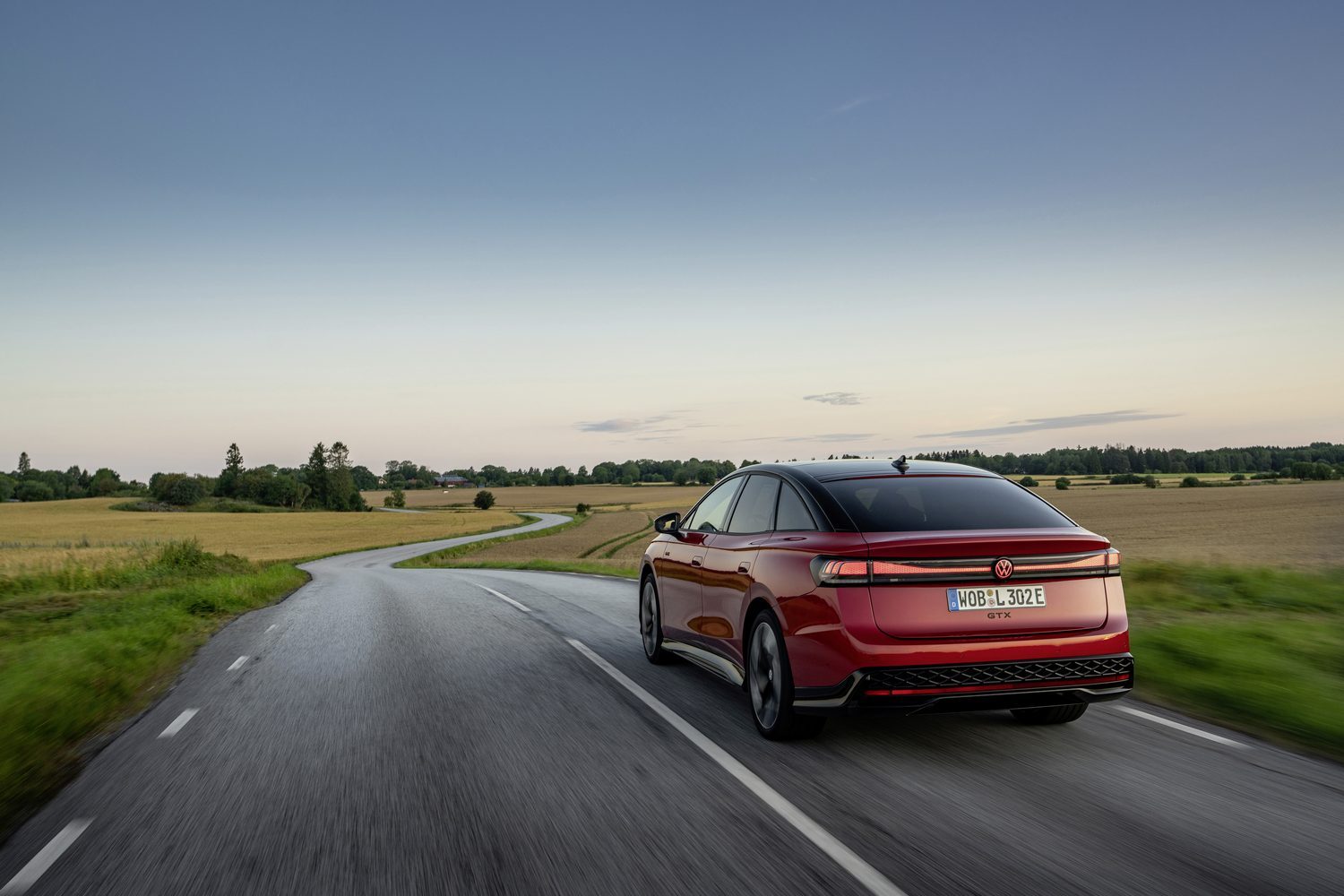
With good steering, decent body control and a general assured sense of capability, then, this is a lovely EV to drive and one of the better products in Volkswagen’s ID range. However, it doesn’t feel appreciably any sharper or more involving or simply downright enjoyable to drive than any other ID.7. This is our problem with the GTX badging on any other VW ID - if you were to drive a standard Golf Mk8.5 and then try out the GTI, the latter would feel like a sharper, faster, more special animal than the regular car. But when it comes to a GTX? Not so much.
What the ID.7 GTX feels like is simply a slightly faster version of the Pro S Plus single-motor version. And if that’s what you want, then fine - go ahead and buy the GTX, and we have no doubt you’ll love it.
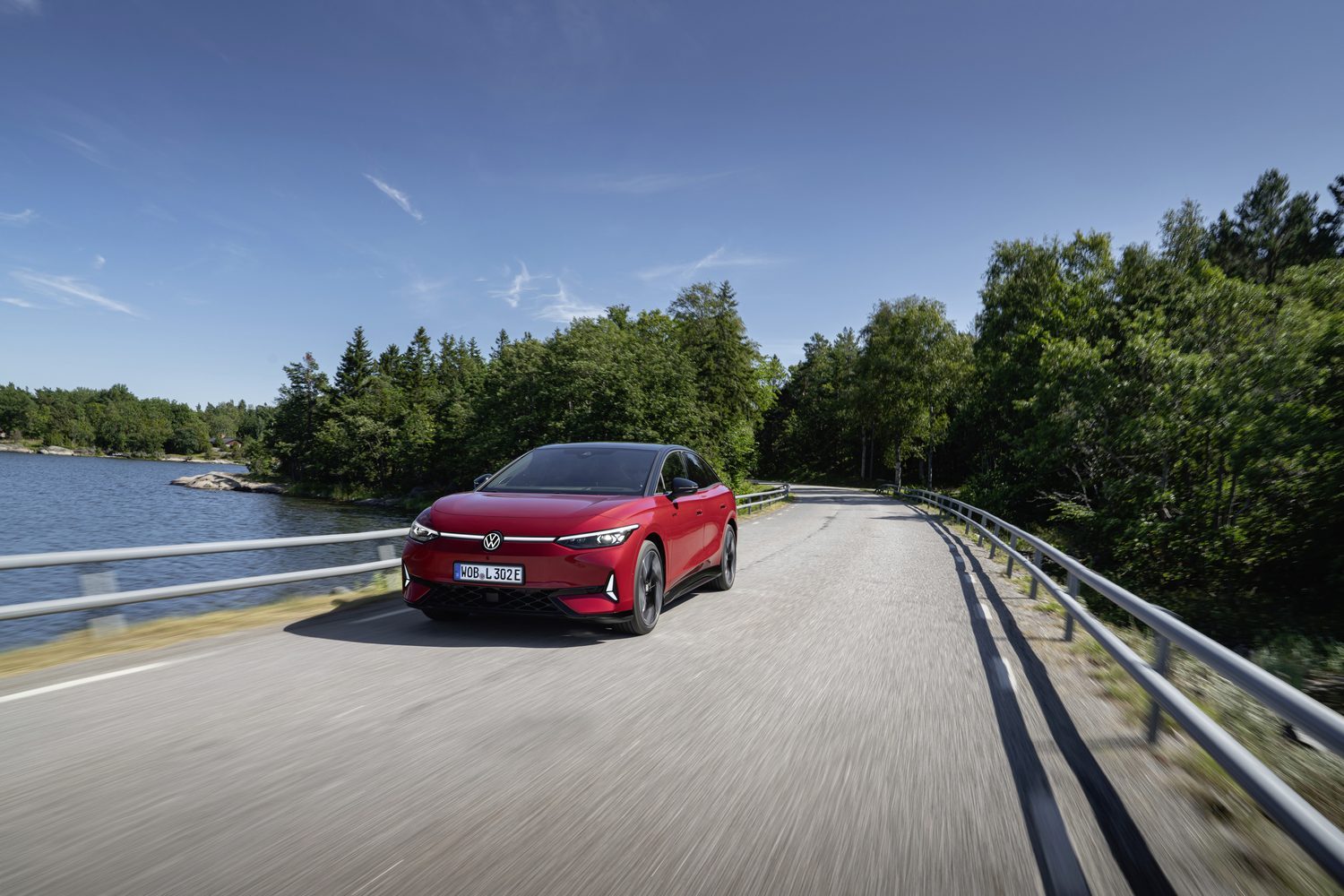
What’s the electric range of the Volkswagen ID.7 GTX?
In this specification, the 86kWh battery pack on the ID.7 GTX will take you up to 590km on a single charge. That’s not bad, considering the speed and torque on offer in this performance variant, but it is lower than what’s achievable in the ID.7 Pro S Plus, which uses the same power pack for a 704km range, while even the regular Pro Plus with the smaller 77kWh battery can outlast the GTX at an official 617km.
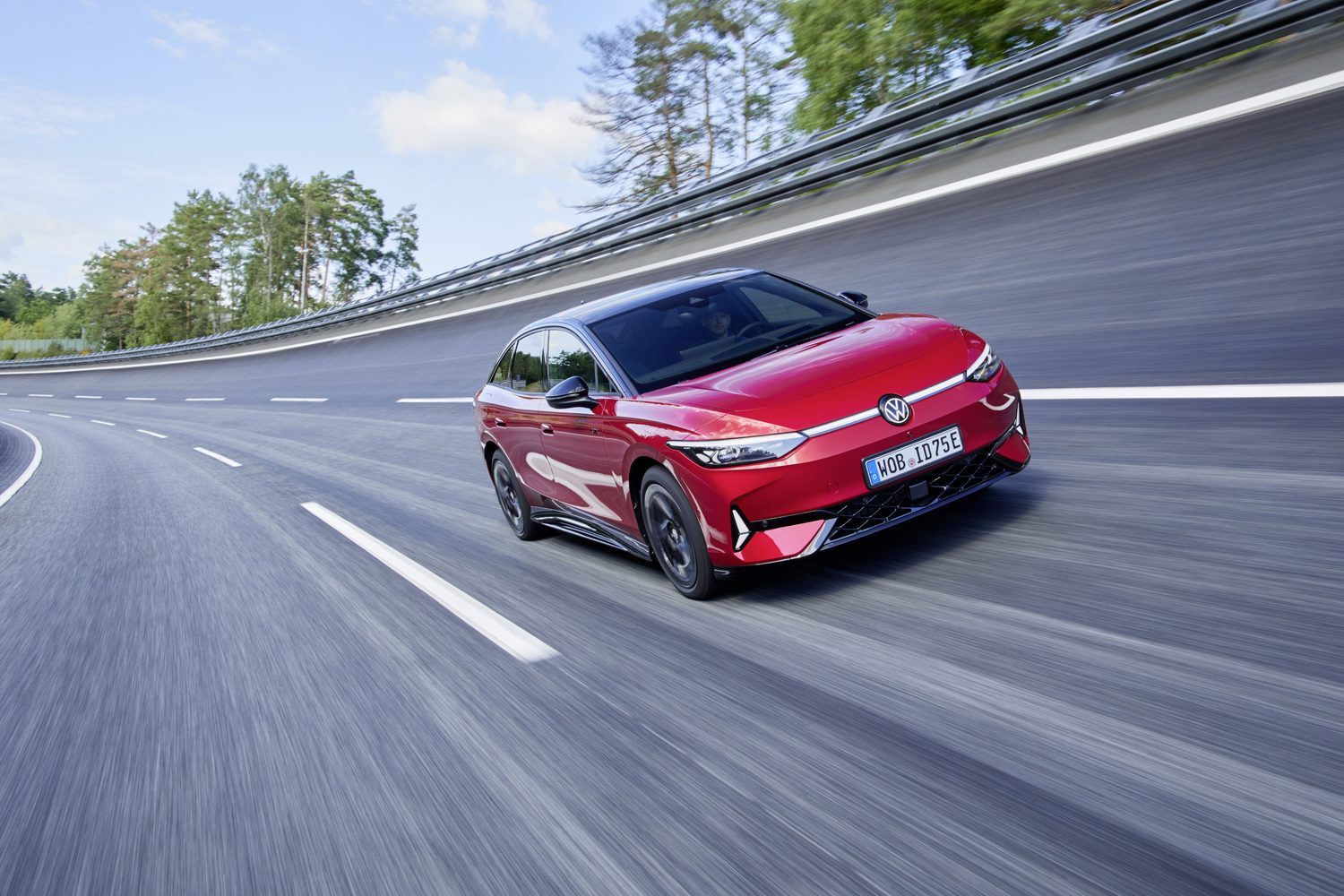
Charging speeds are incredibly good, though. The ID.7’s maximum rate is 200kW on DC outlets, at which connection it will ping from 10 to 80 per cent battery charge in just 26 minutes. At its fastest AC hook-up of 11kW, it would need nine hours to go from fully flat to fully charged, but a more typical domestic 7.4kW wallbox would need closer to 12 hours to get the battery charge from 0-100 per cent.
The reasons you’d buy a Volkswagen ID.7 GTX
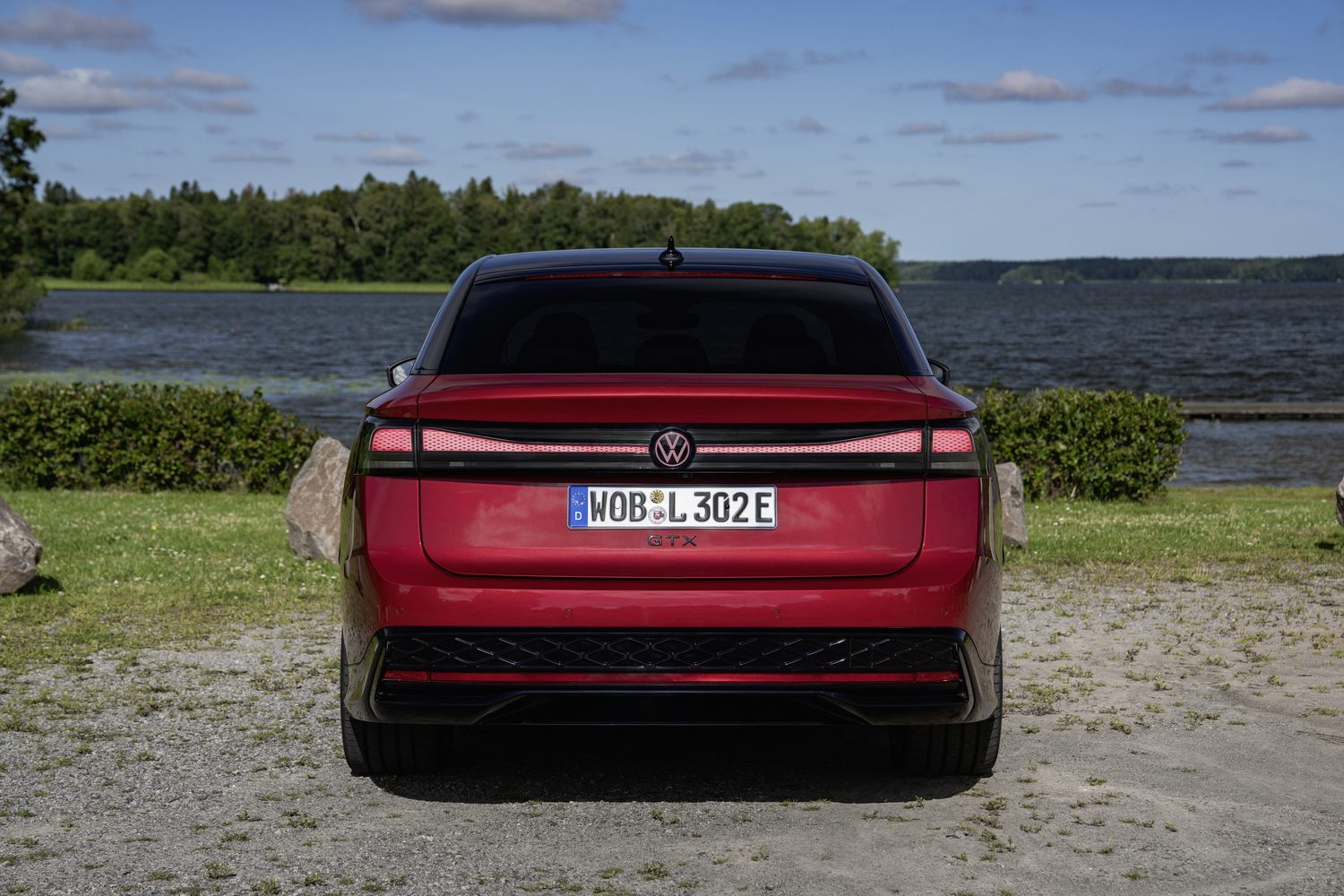
Mostly, to have the GTX over any other Volkswagen ID.7 would purely be for bragging rights. It’s the dearest, the most powerful and the fastest-accelerating model, and the beefed-up exterior looks plus the 20-inch rims might be enough to swing it for you alone. But as nice and as pleasant as the GTX is to drive, those three letters on its rump do not do enough to the driving experience to render it transformative from any other ID.7. So, we’d say stick your money in the Pro S Plus instead and enjoy the additional 114km of range it offers you to every charge of the same 86kWh battery pack.
Ask us anything about the Volkswagen ID.7 GTX
If there’s anything about the Volkswagen ID.7 GTX we’ve not covered, or you’d like advice in choosing between it and other cars, you can avail of our (completely free) expert advice service via the Ask Us Anything page.

